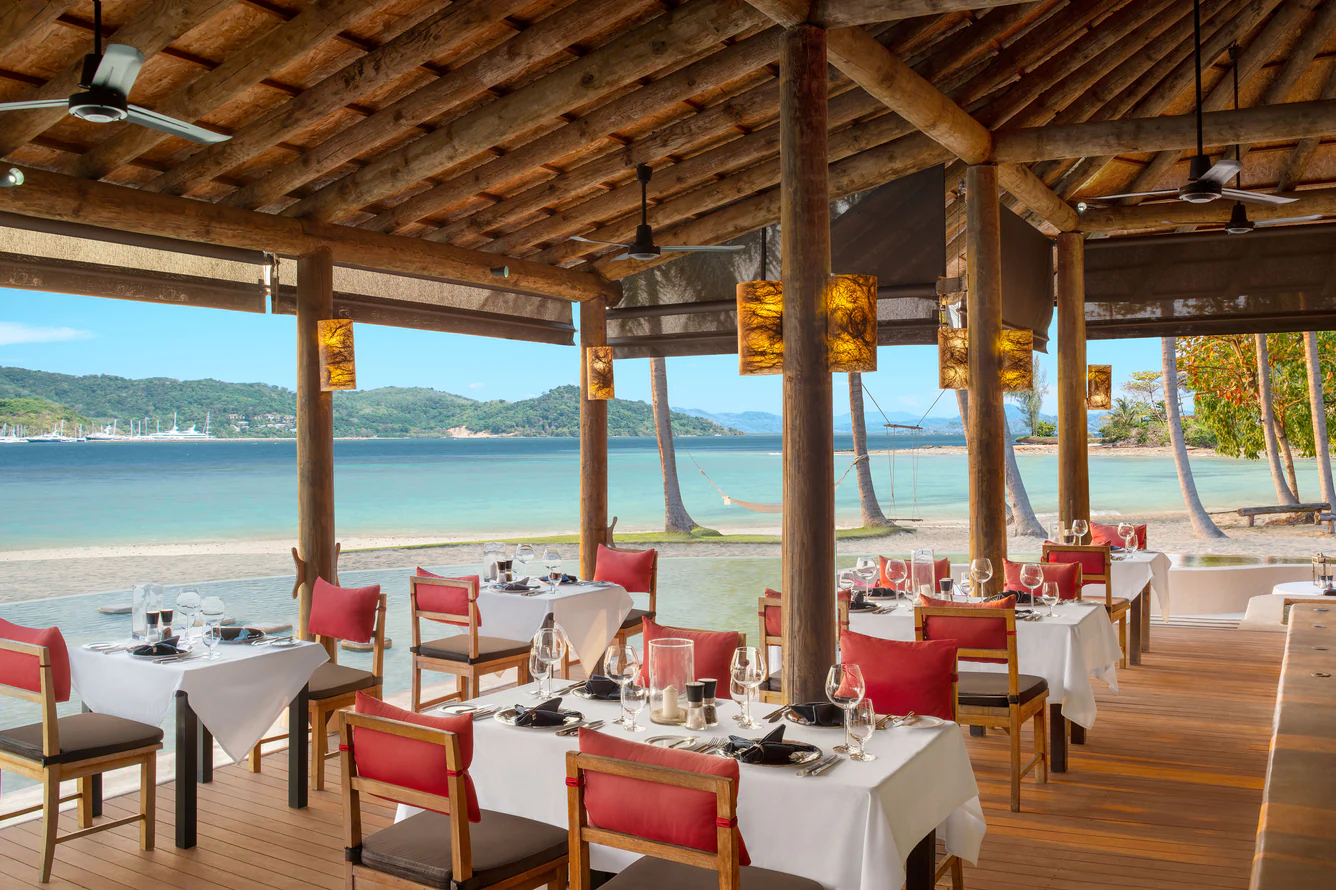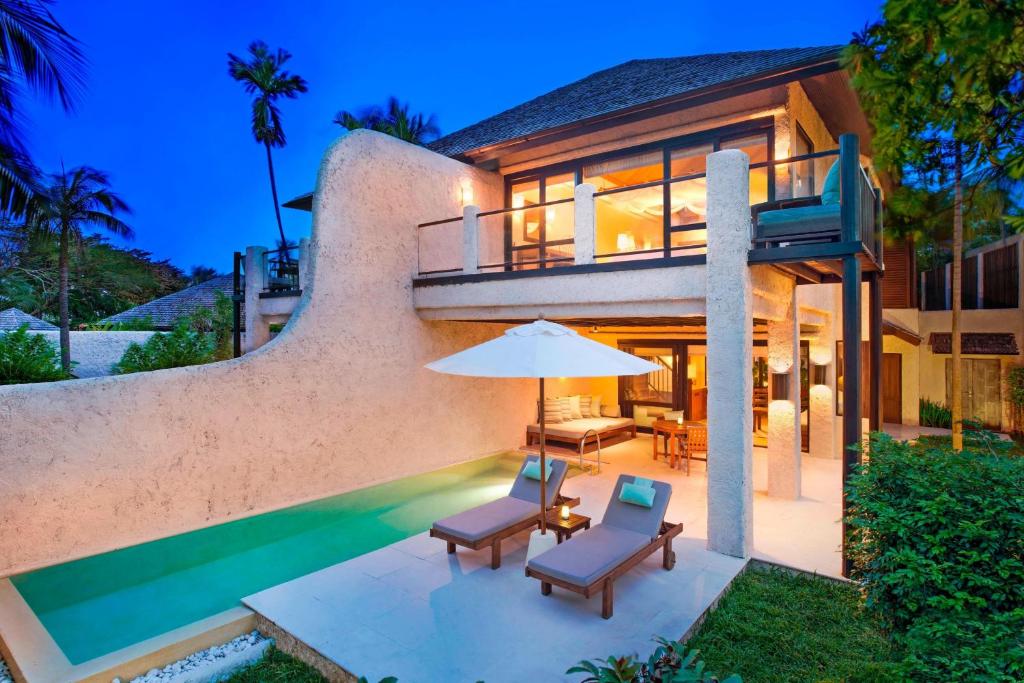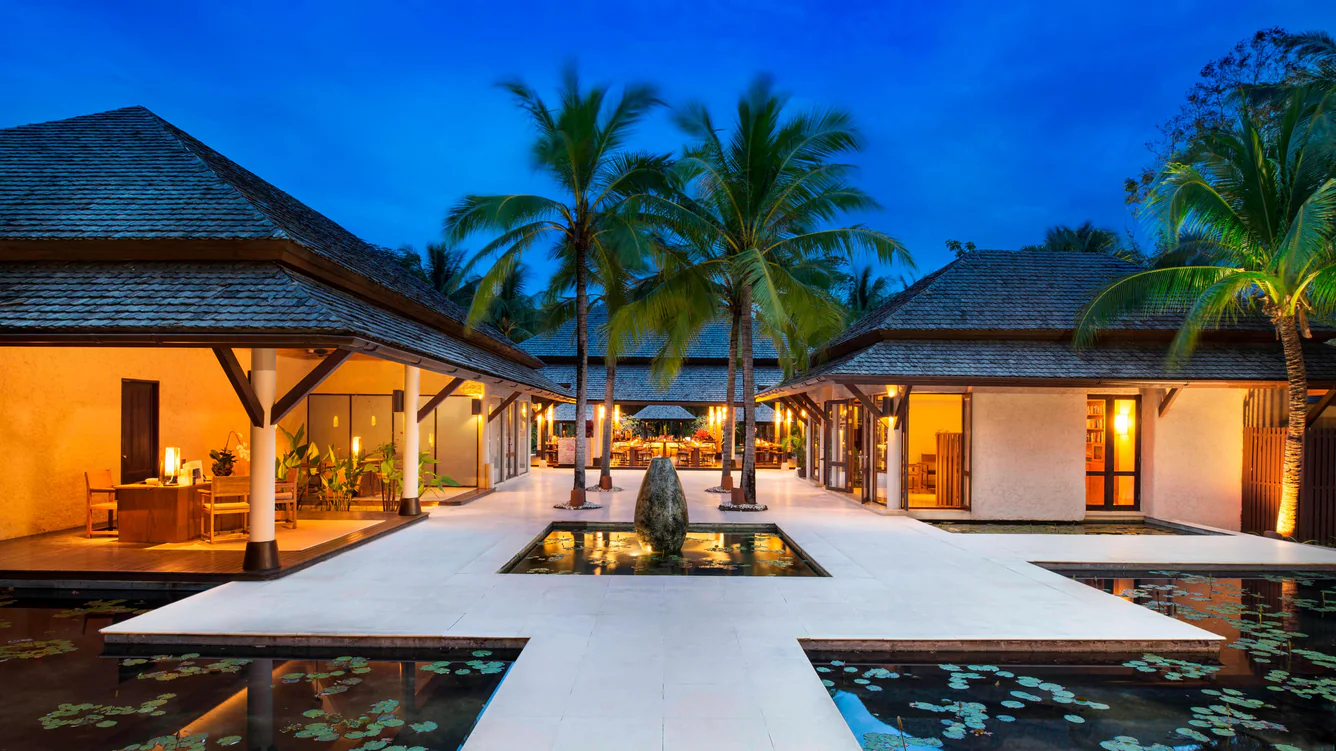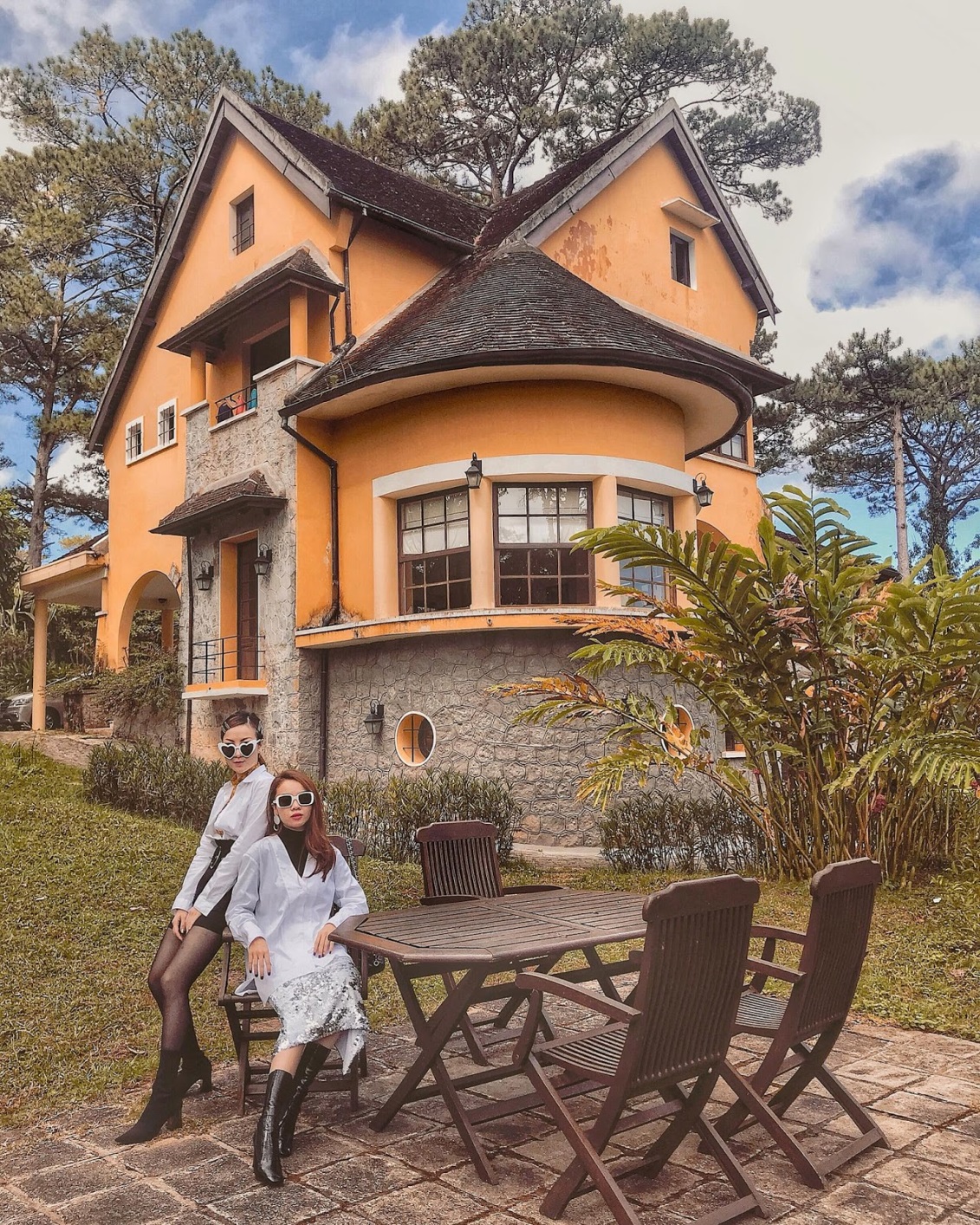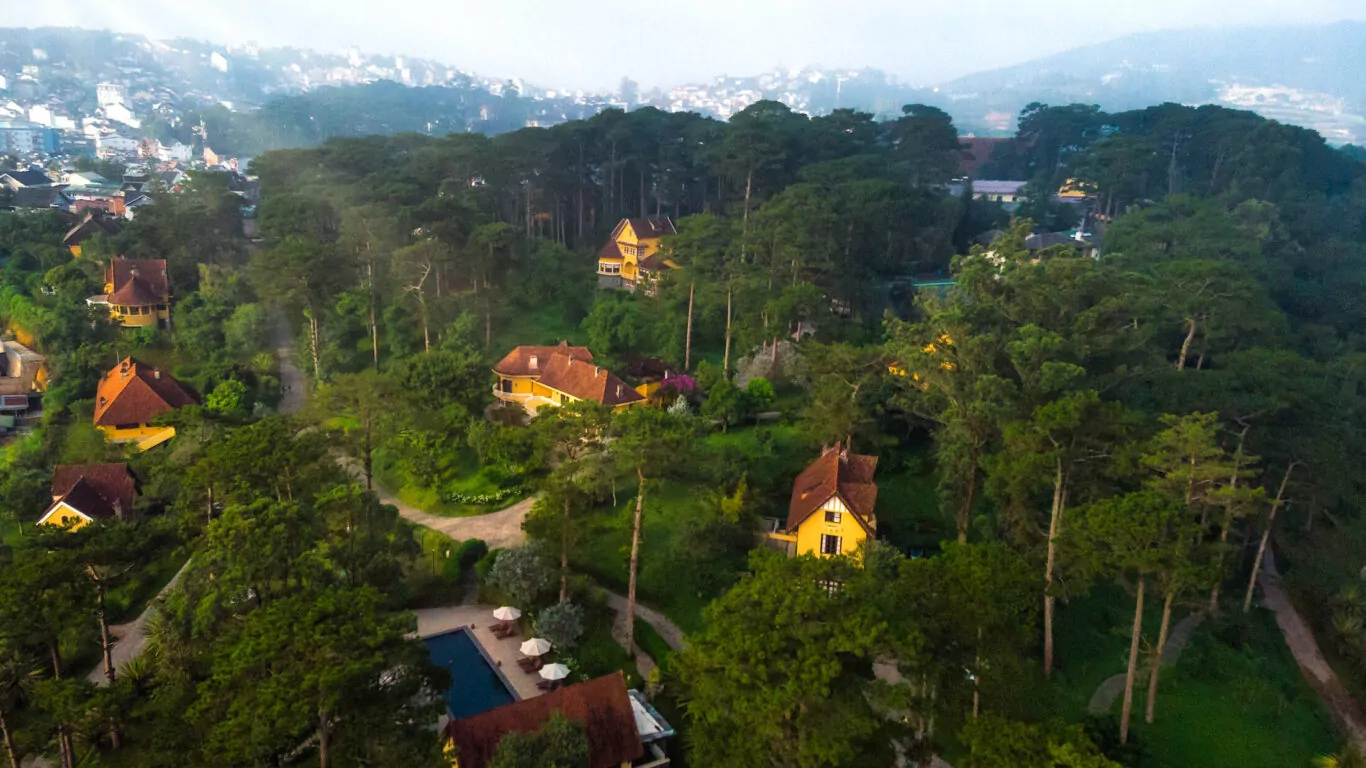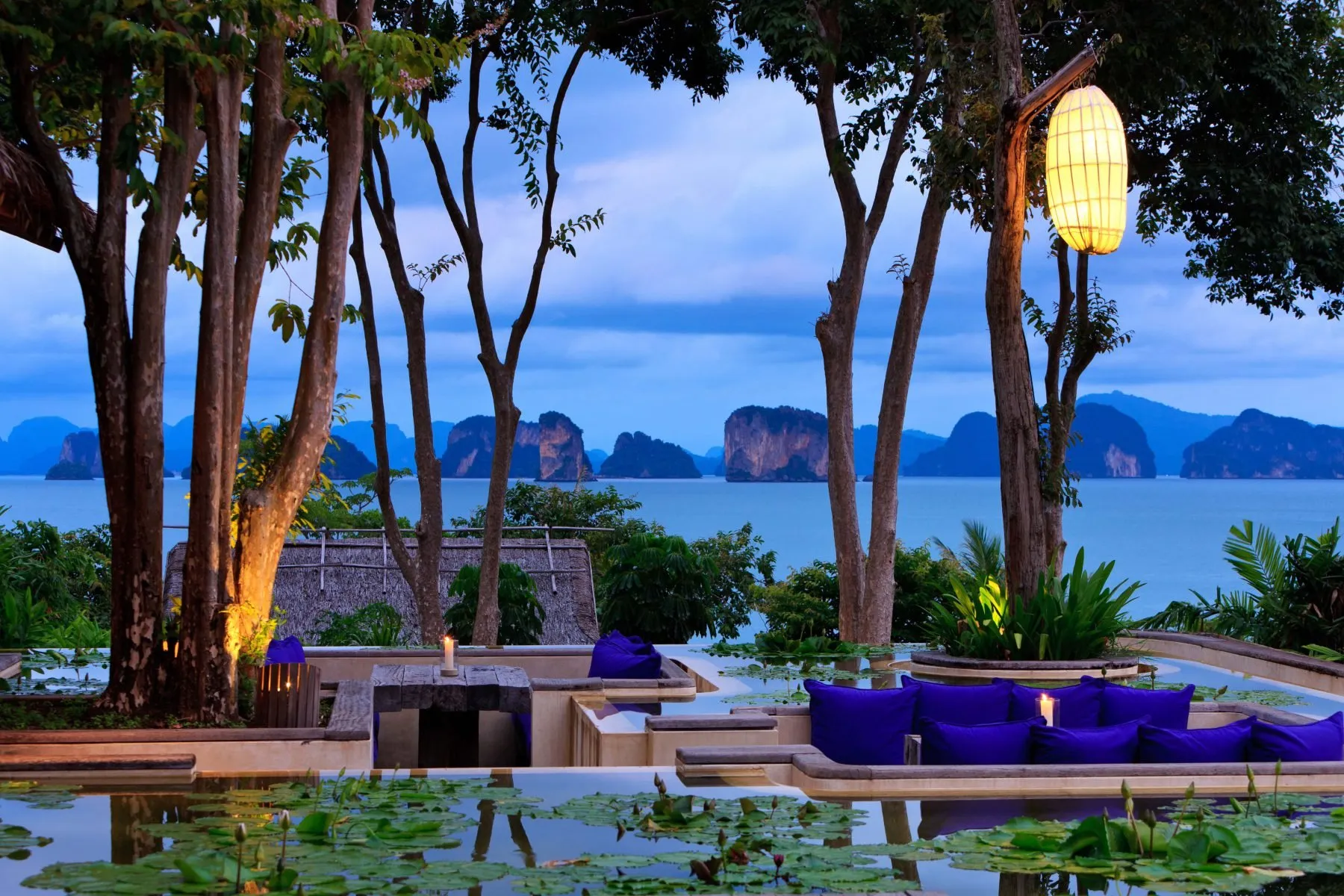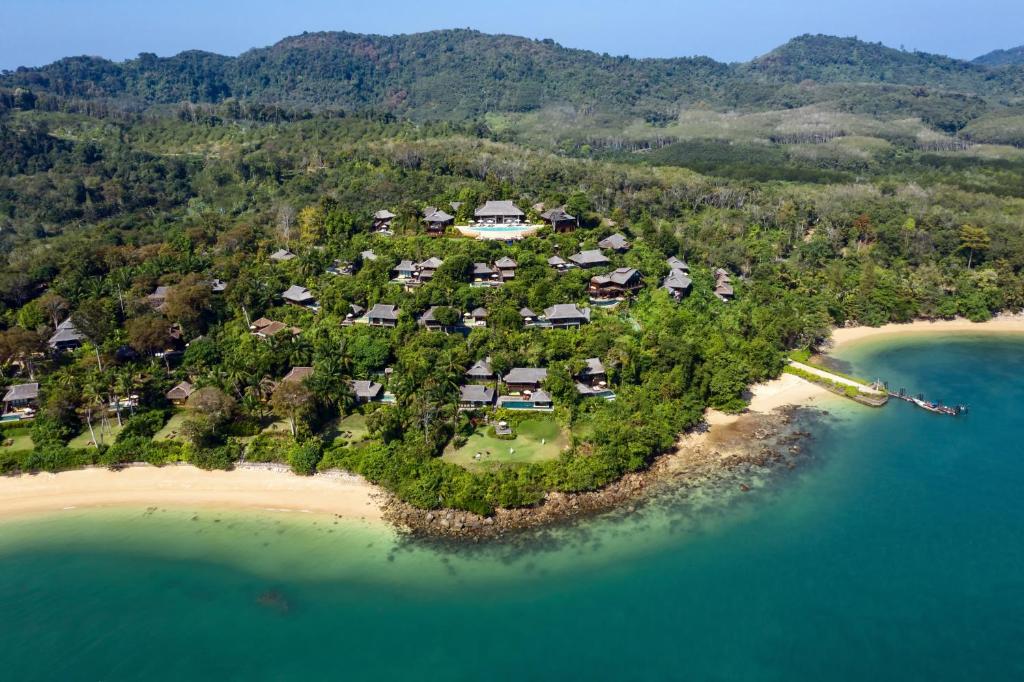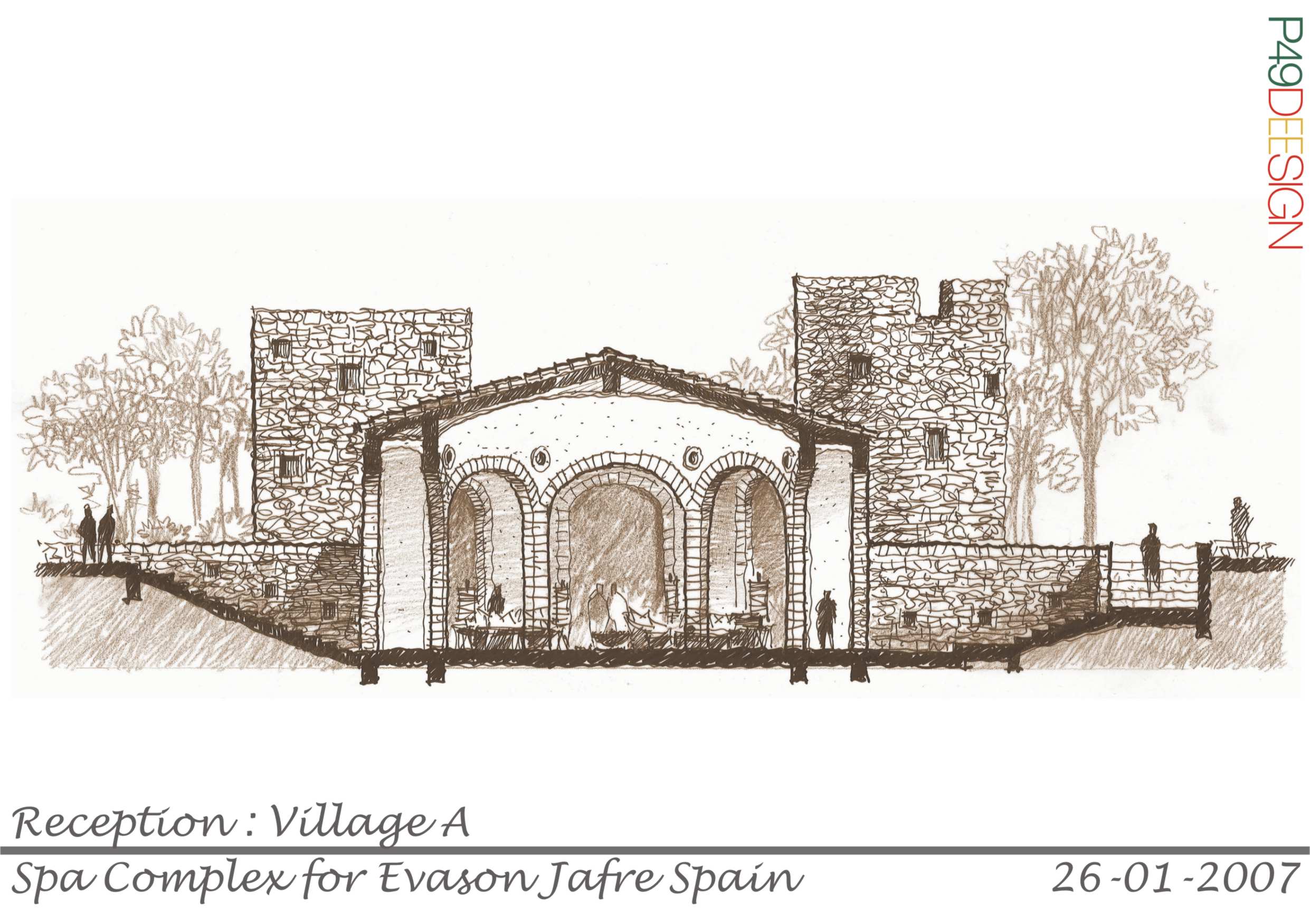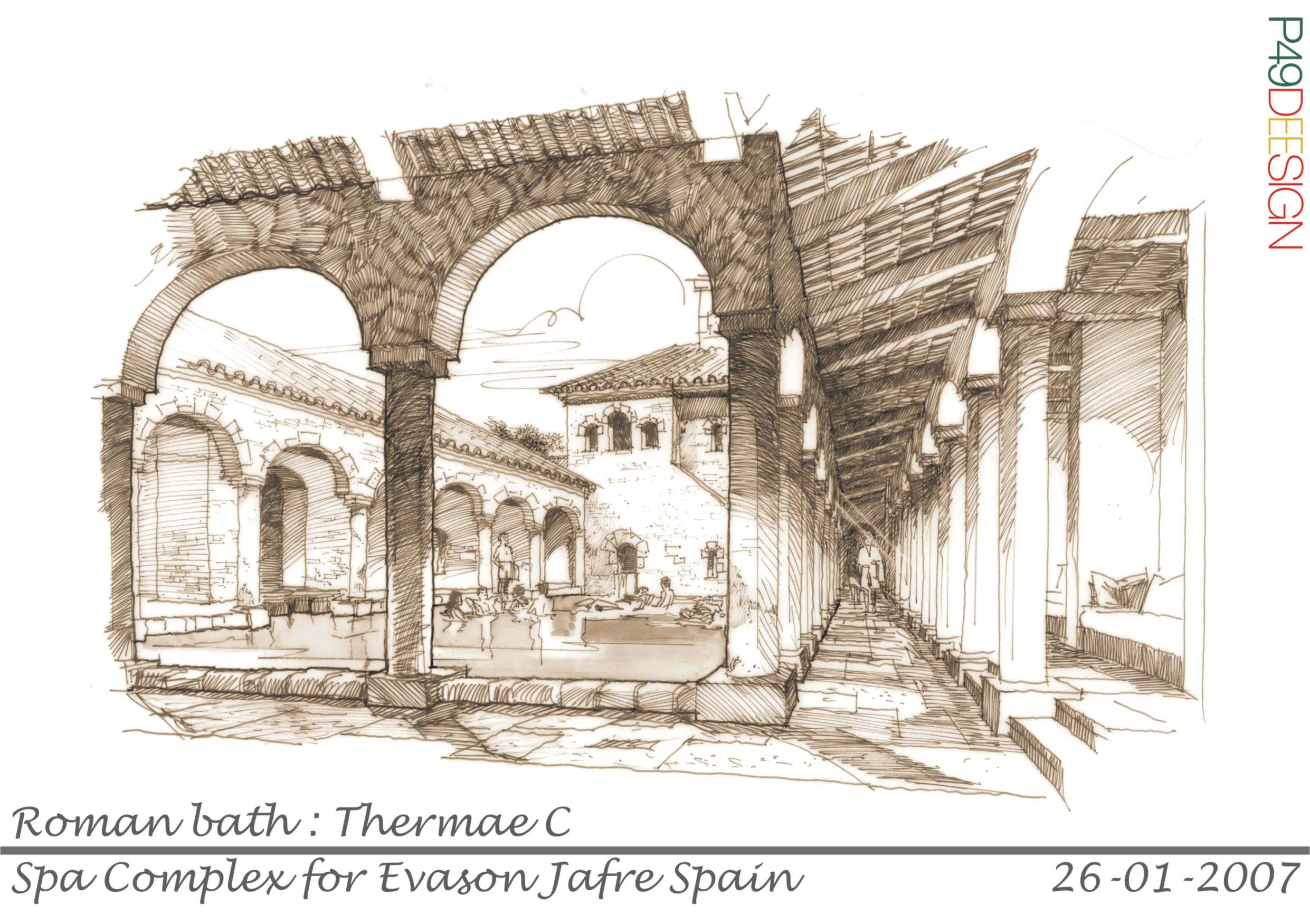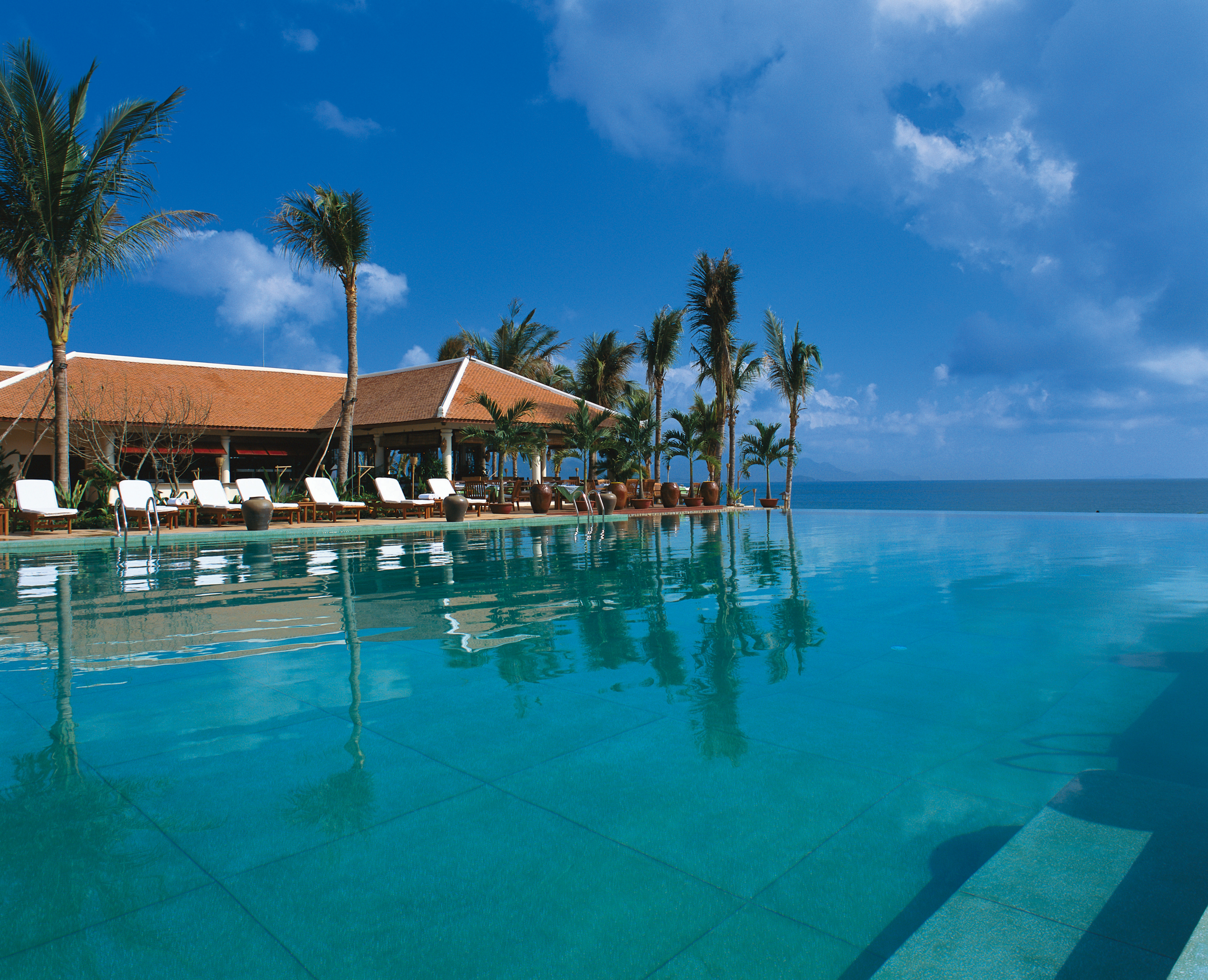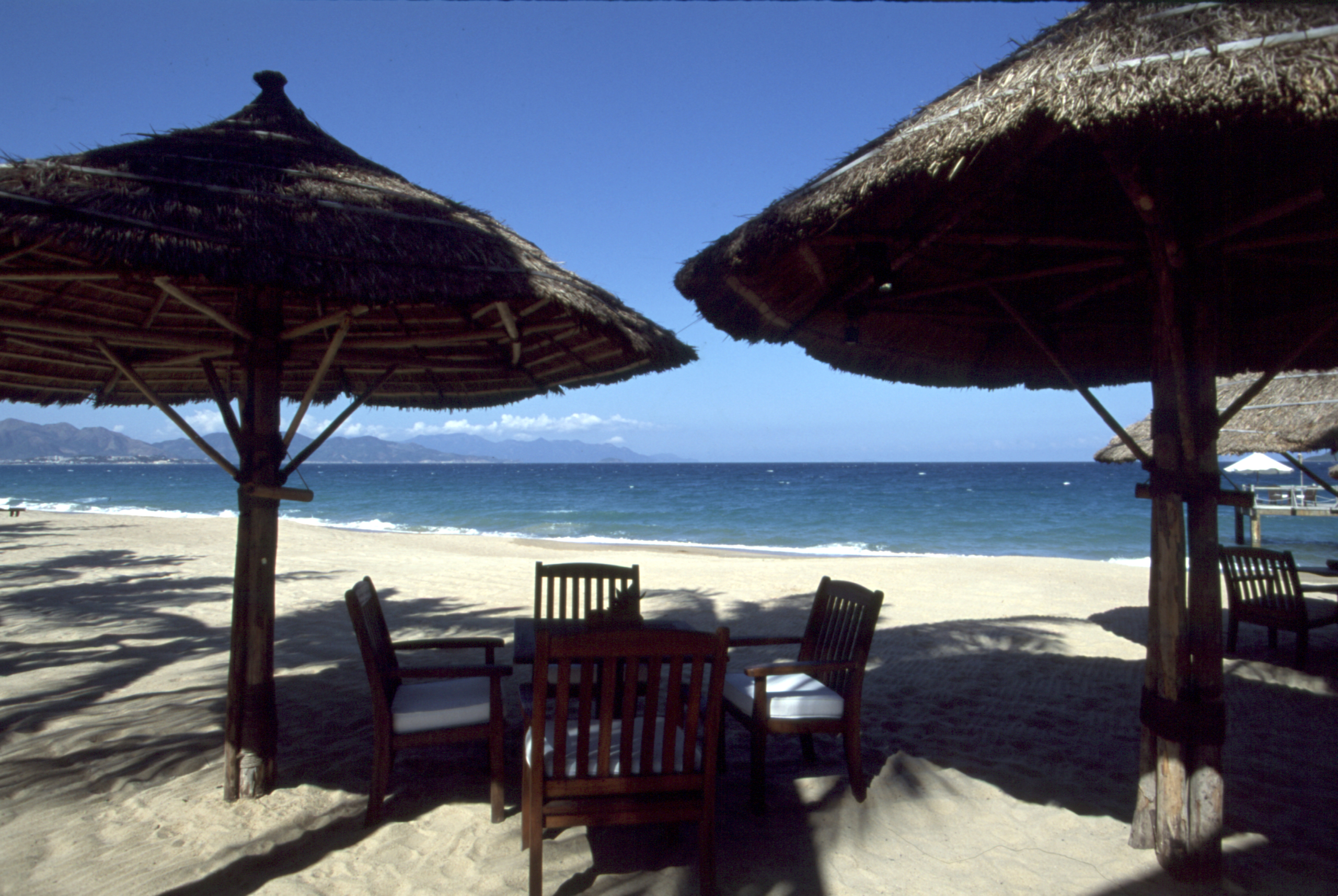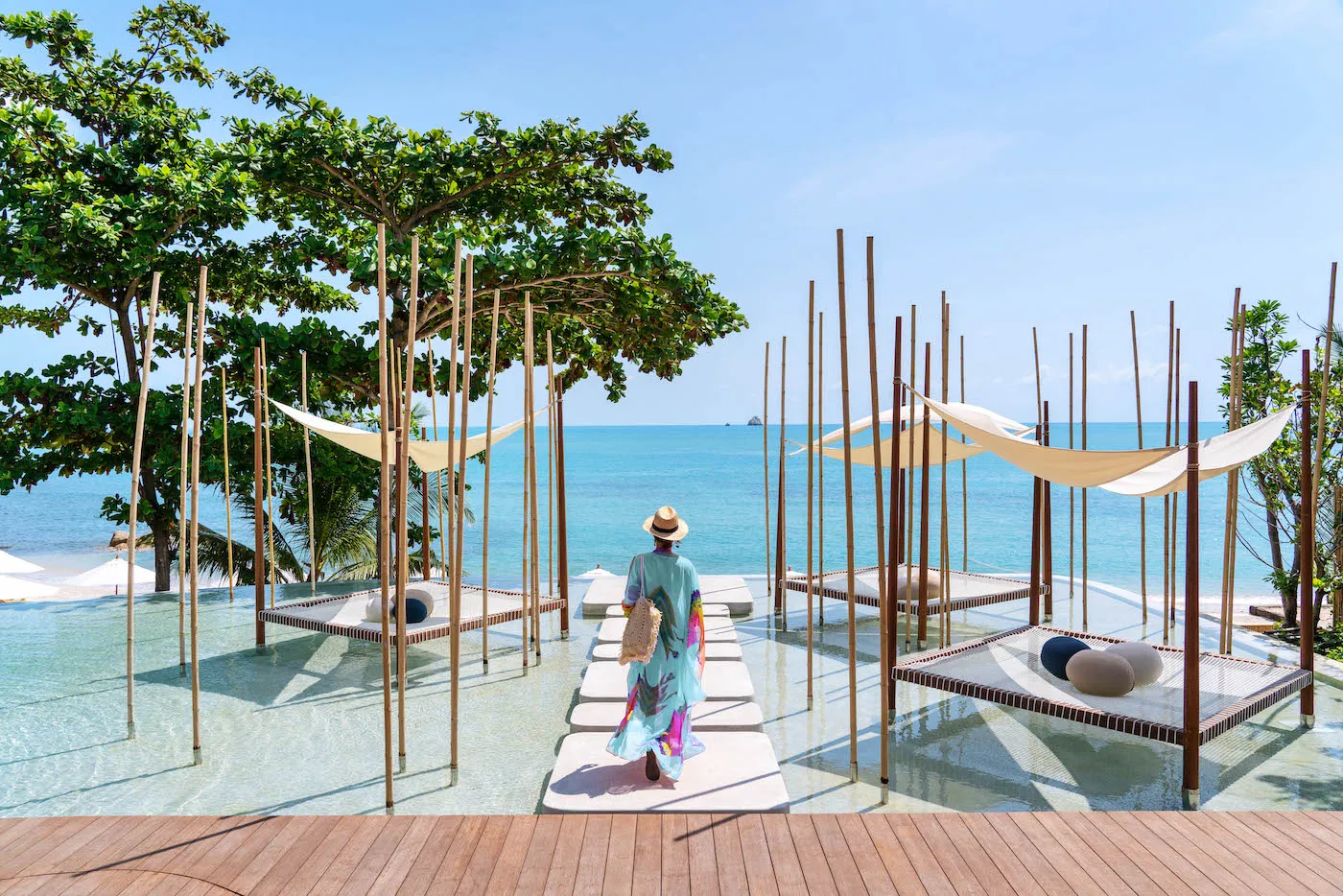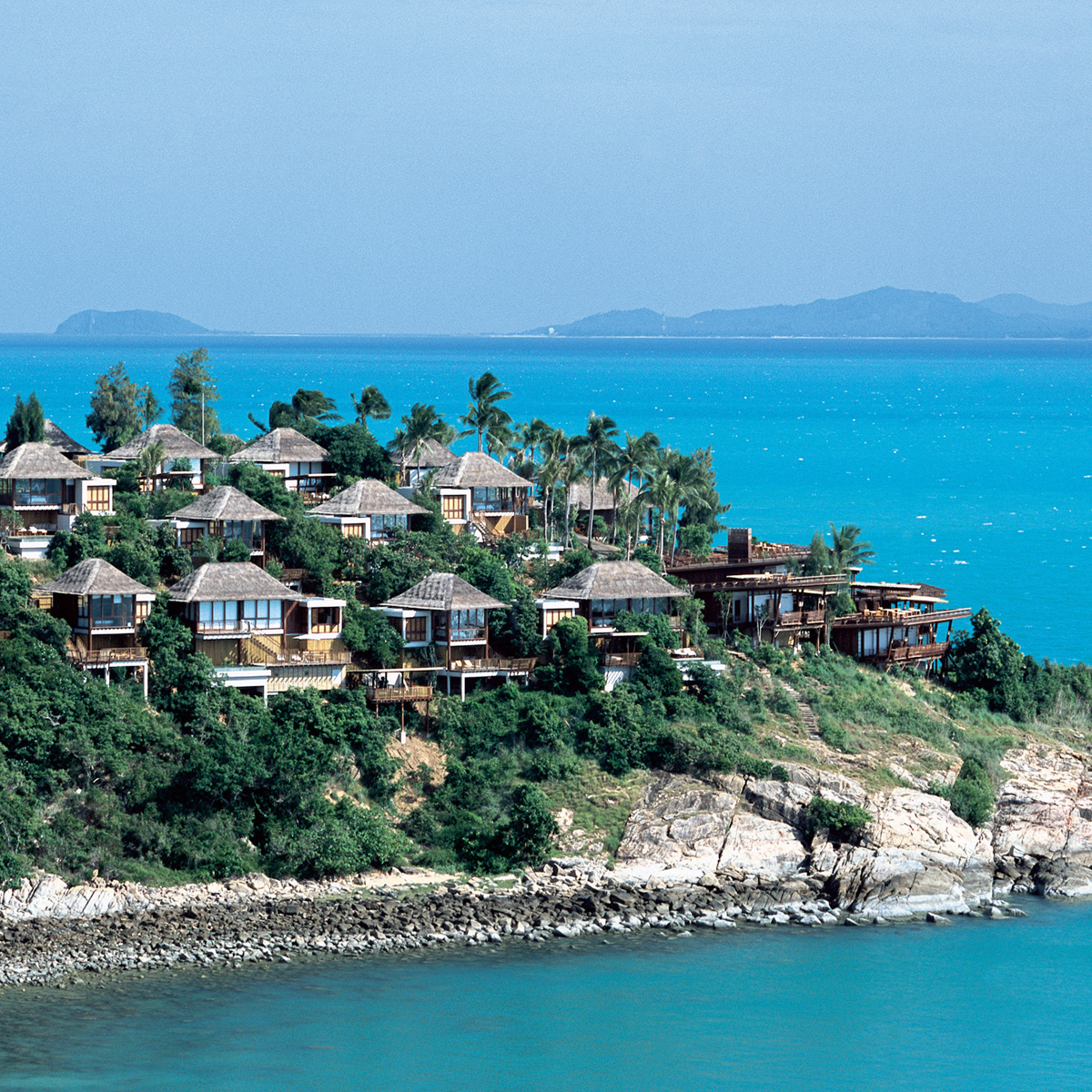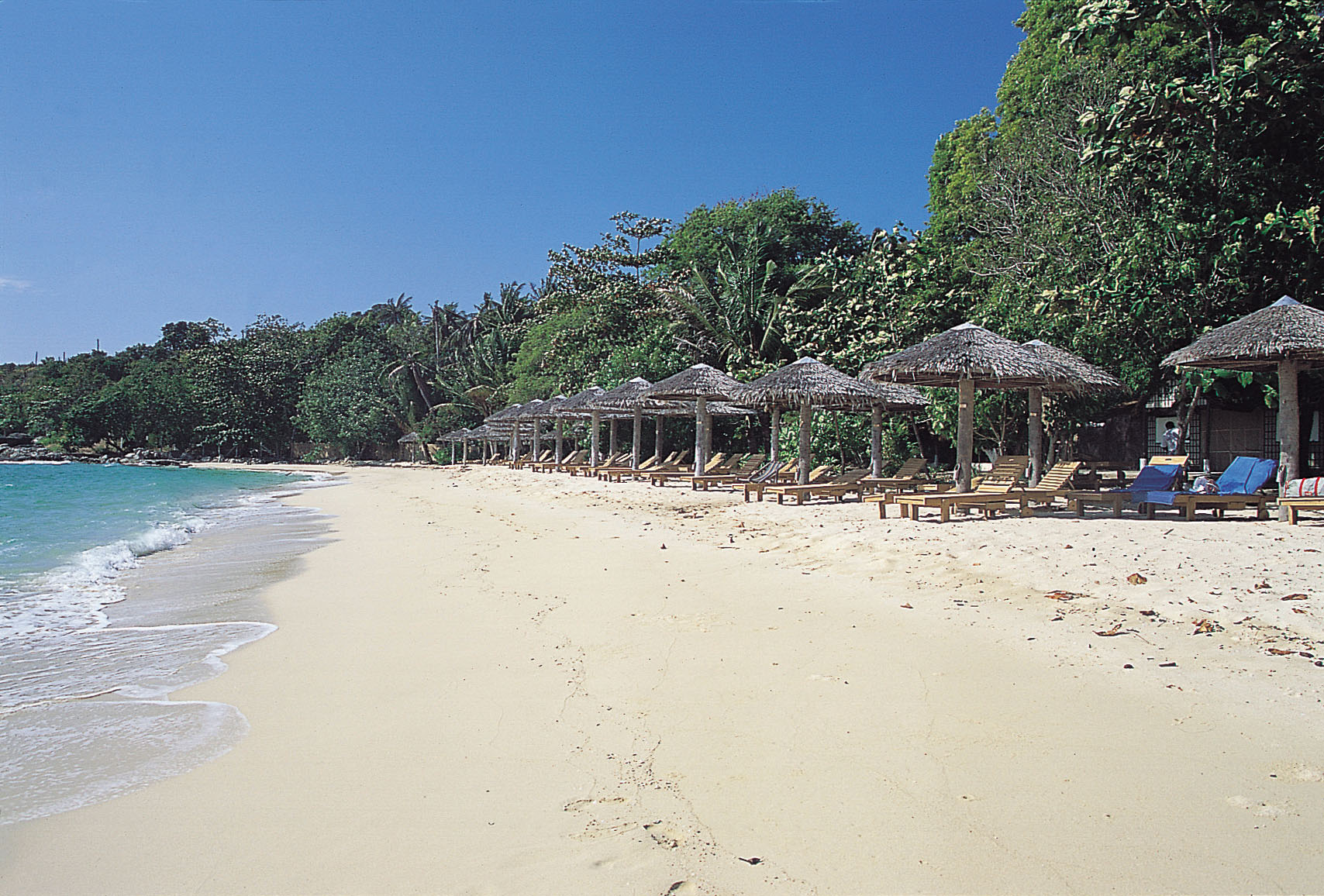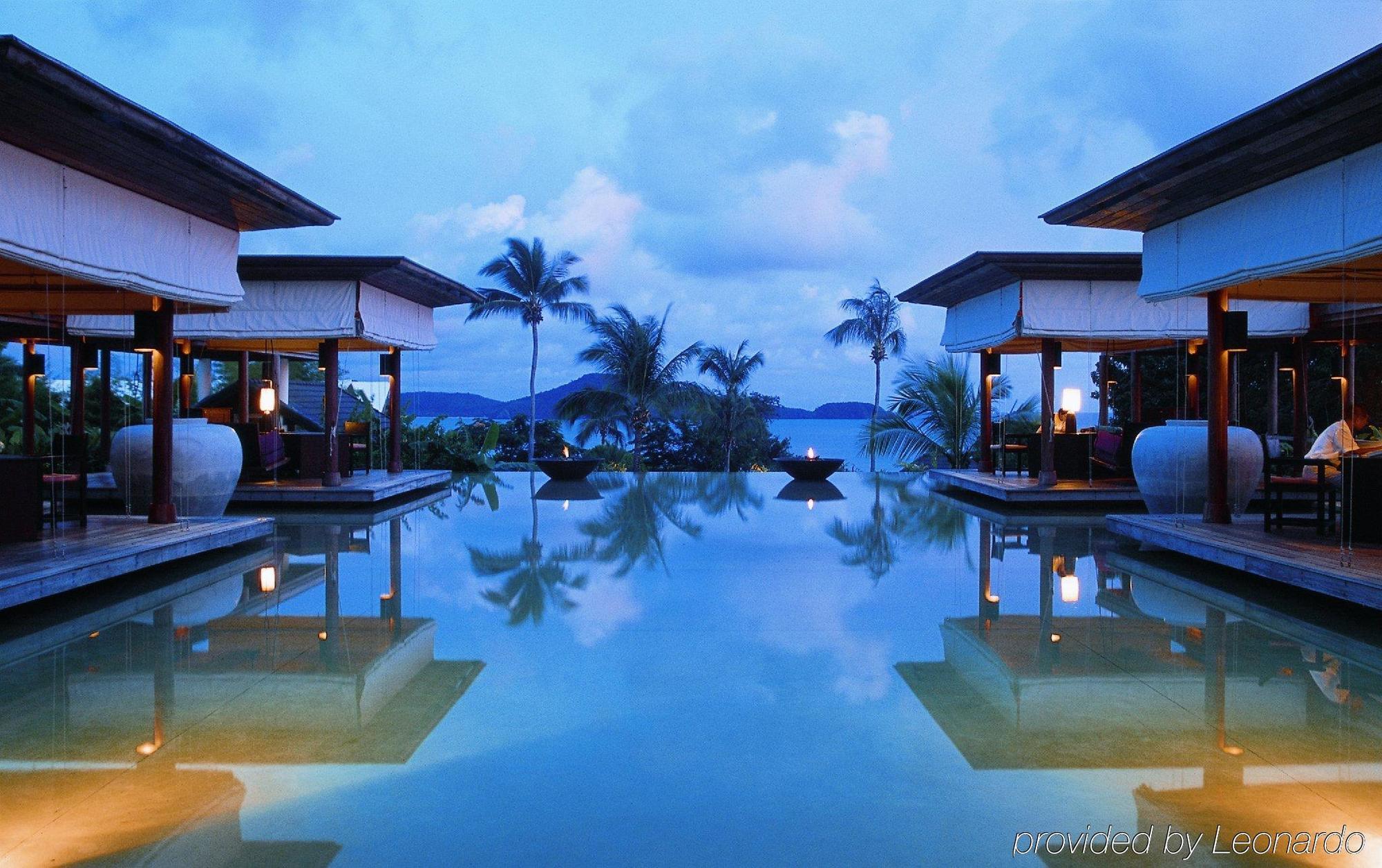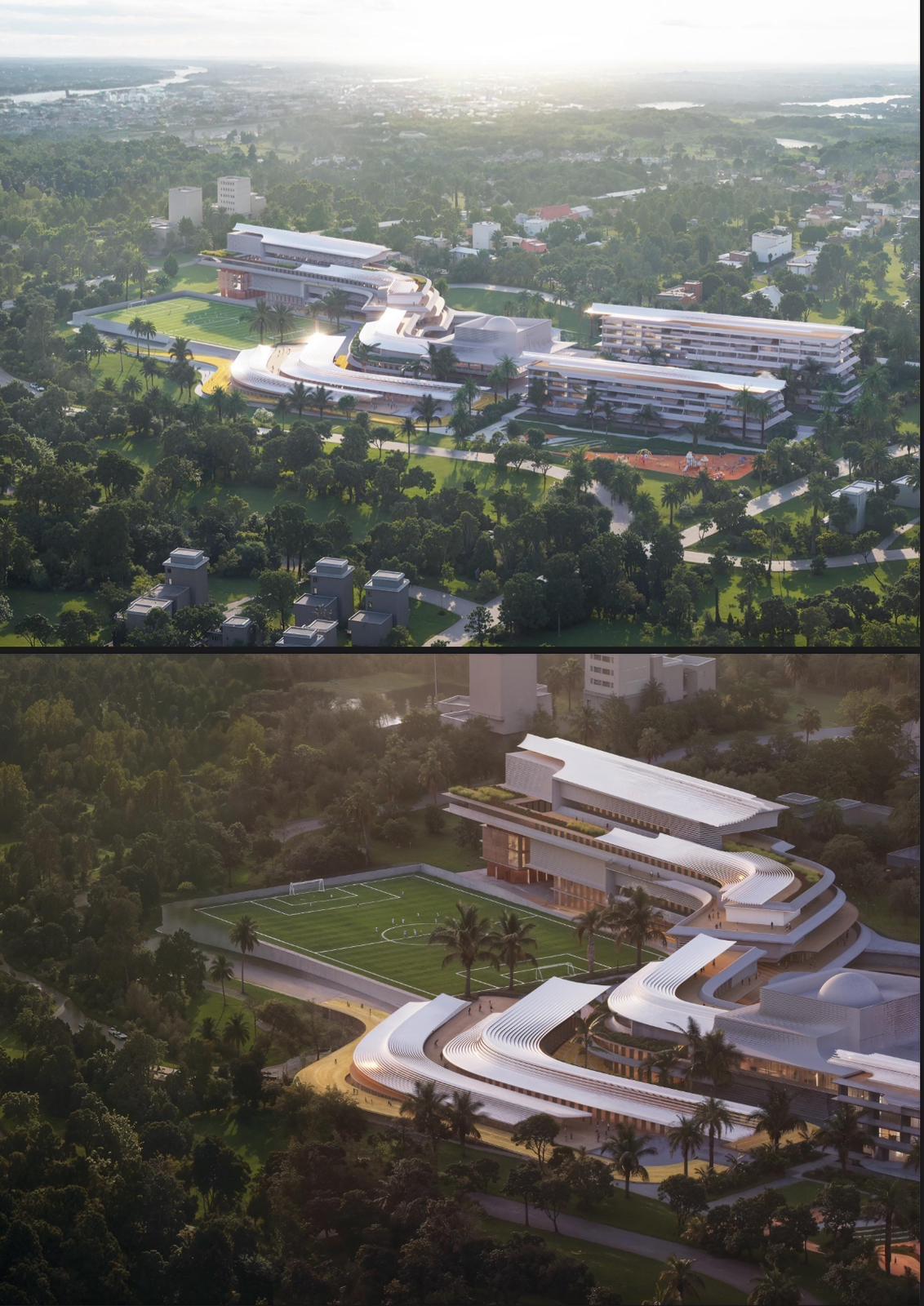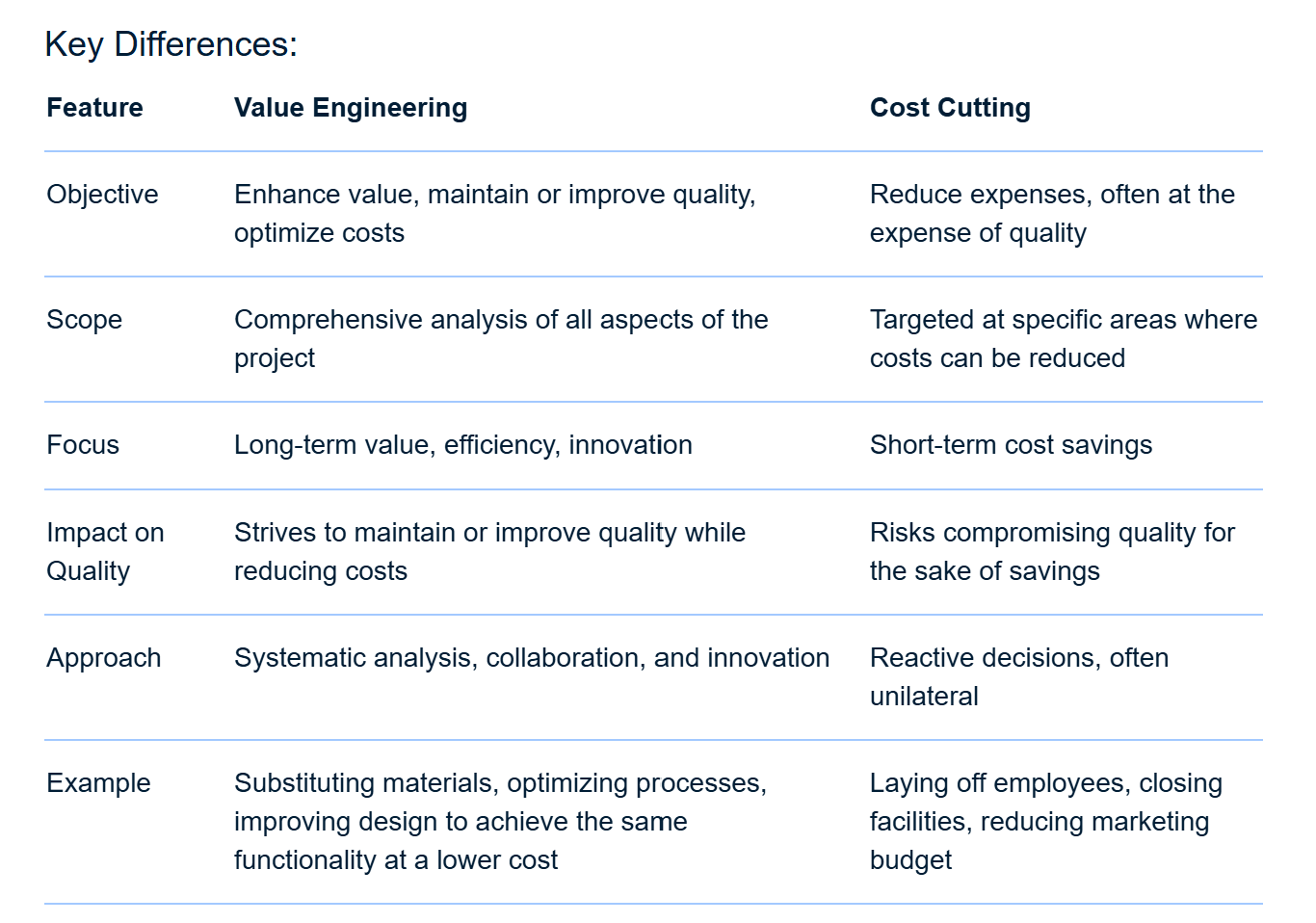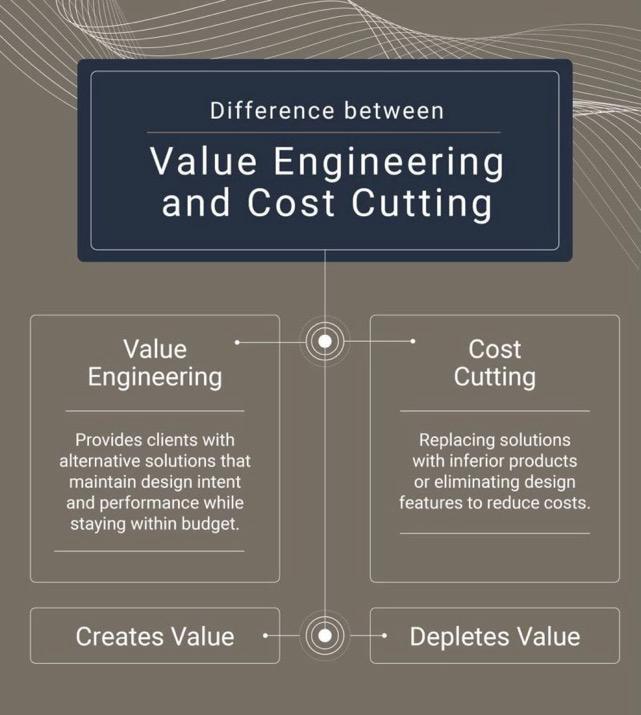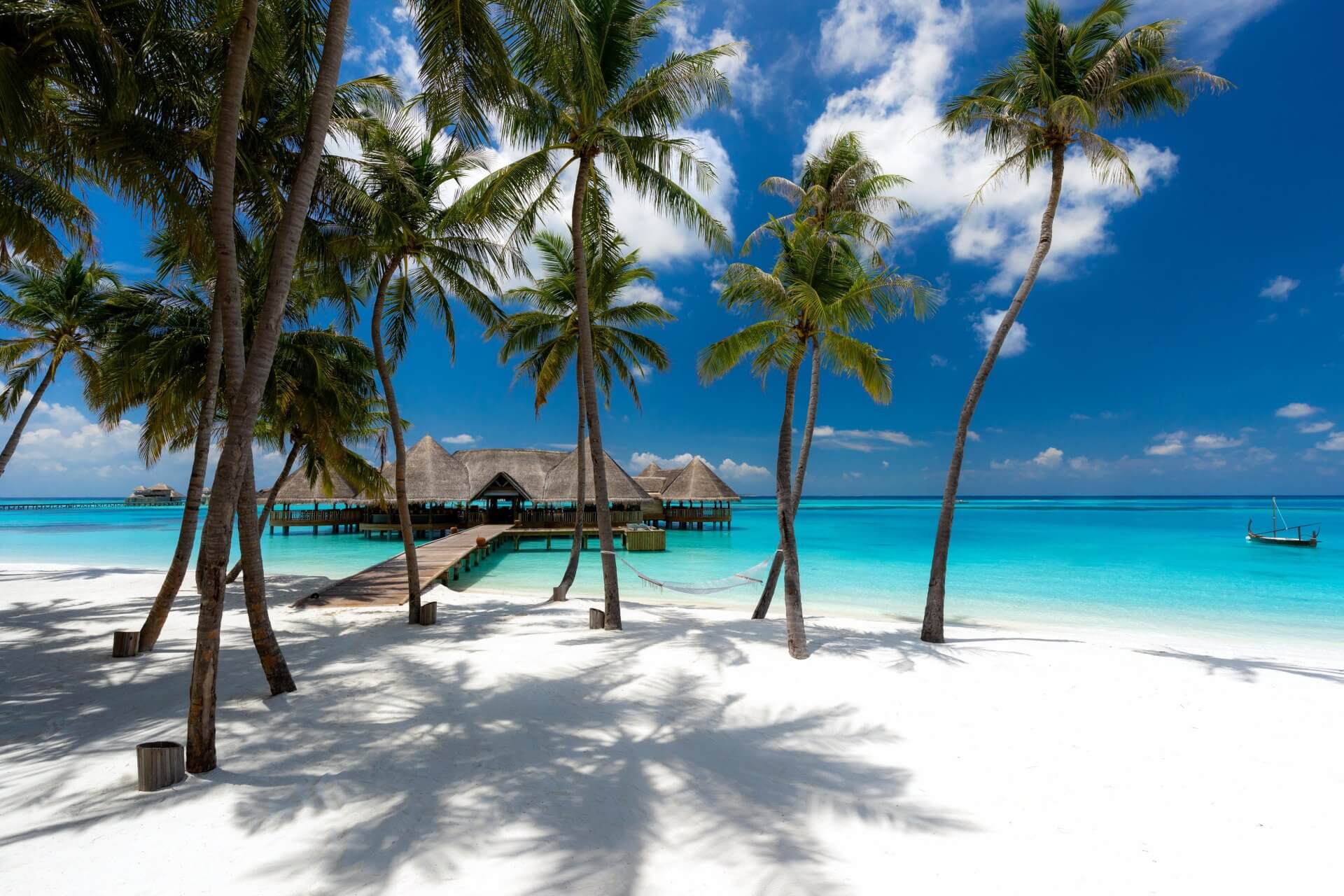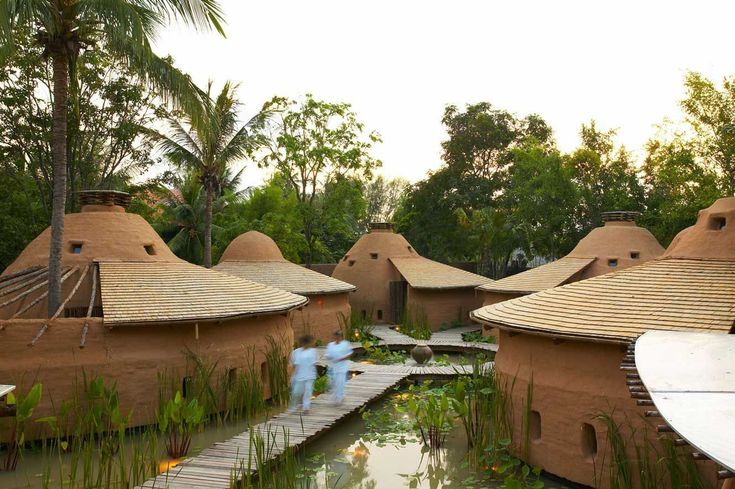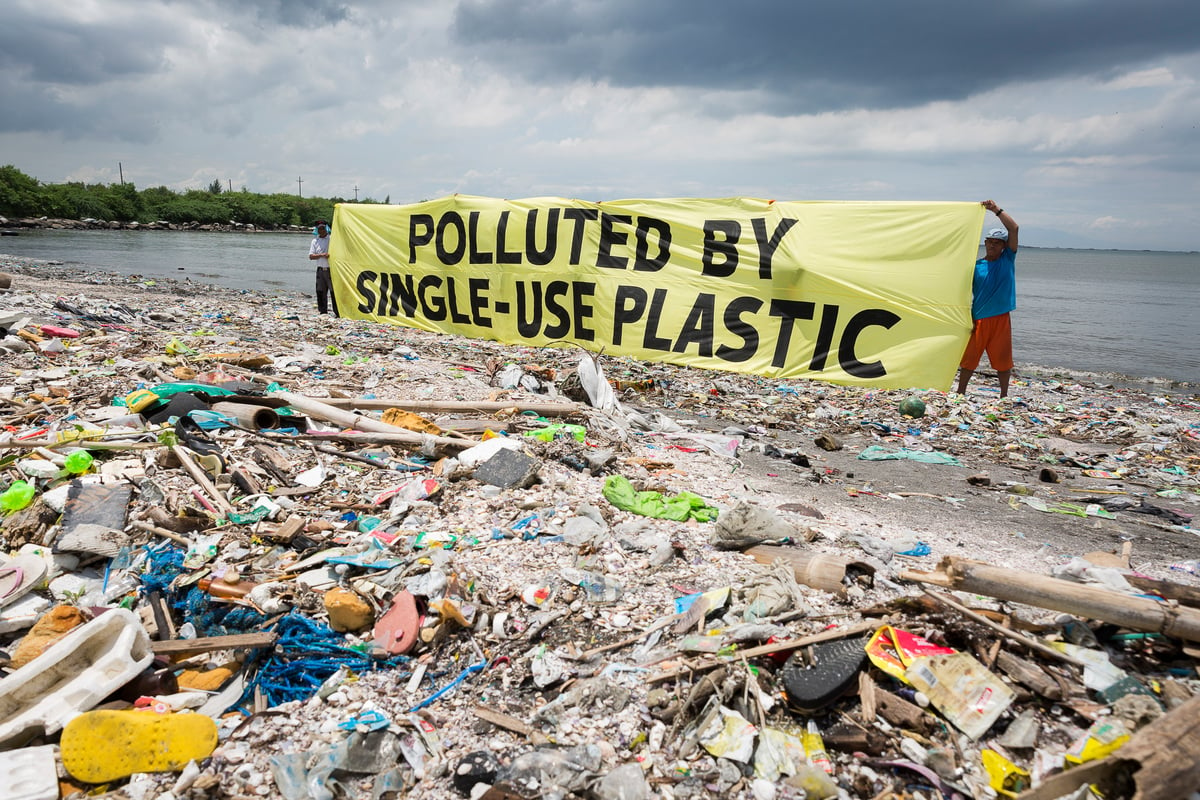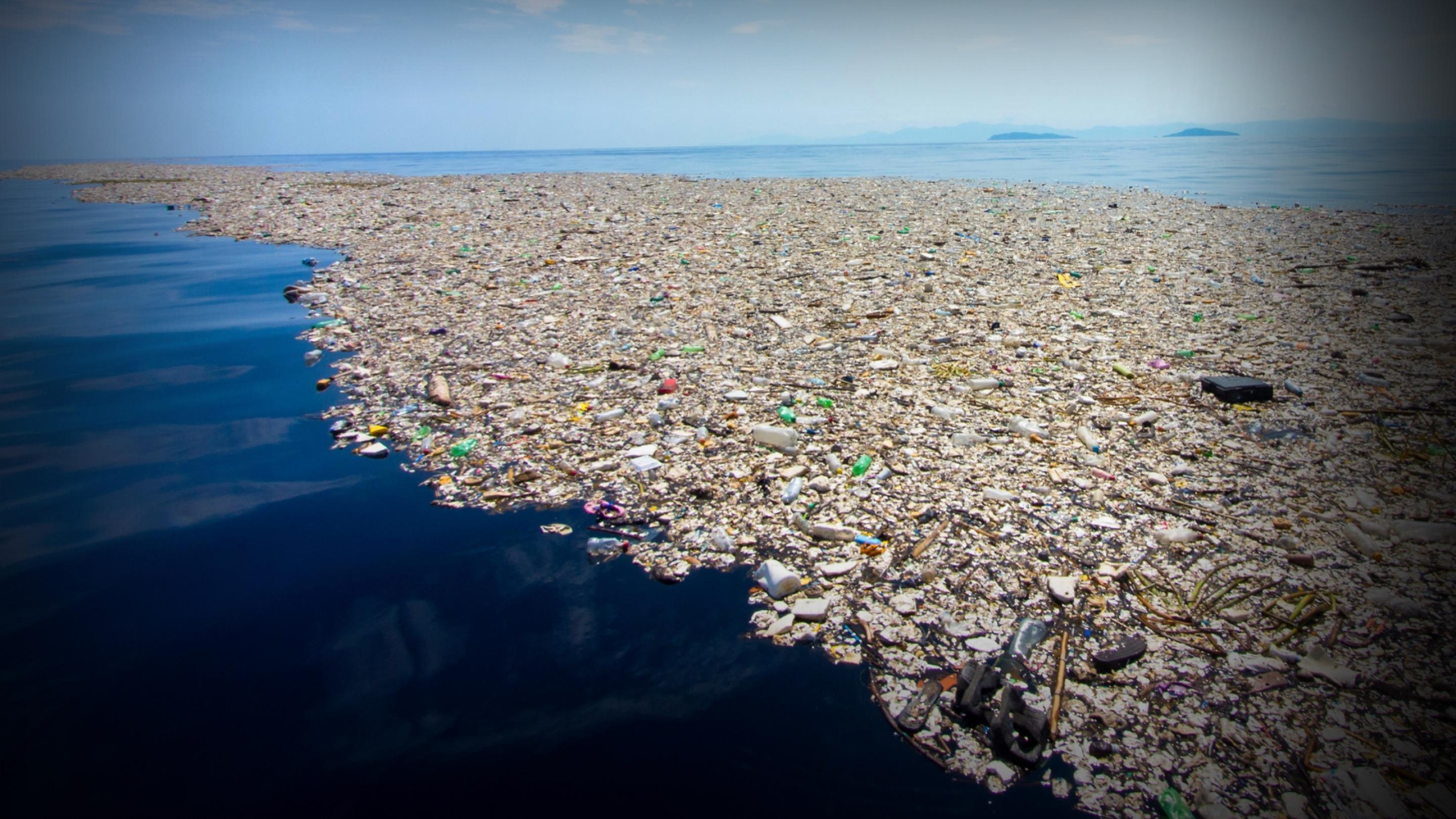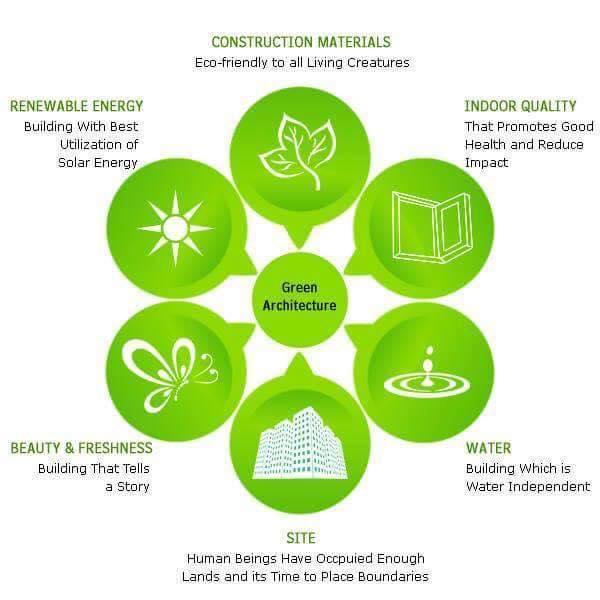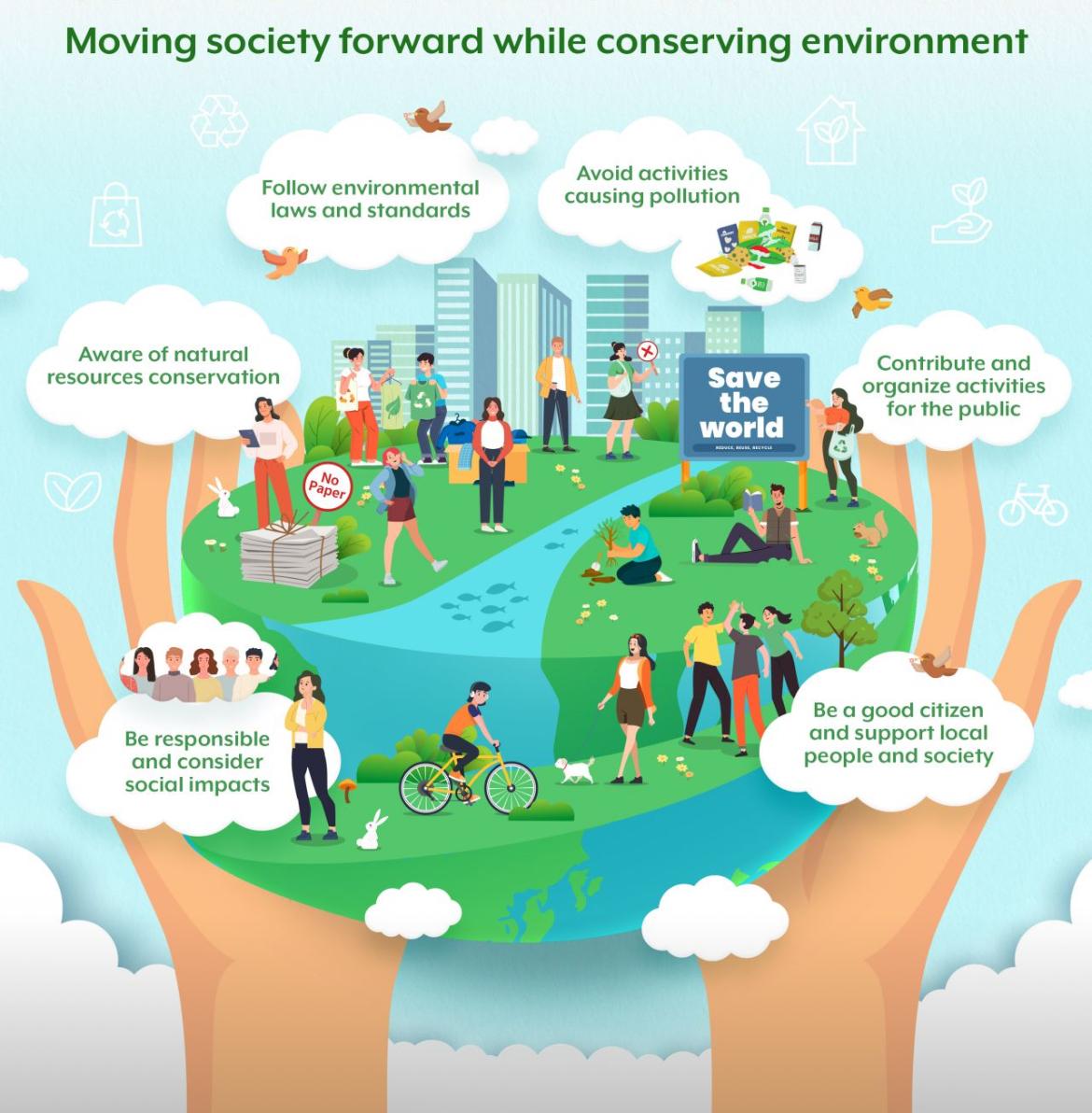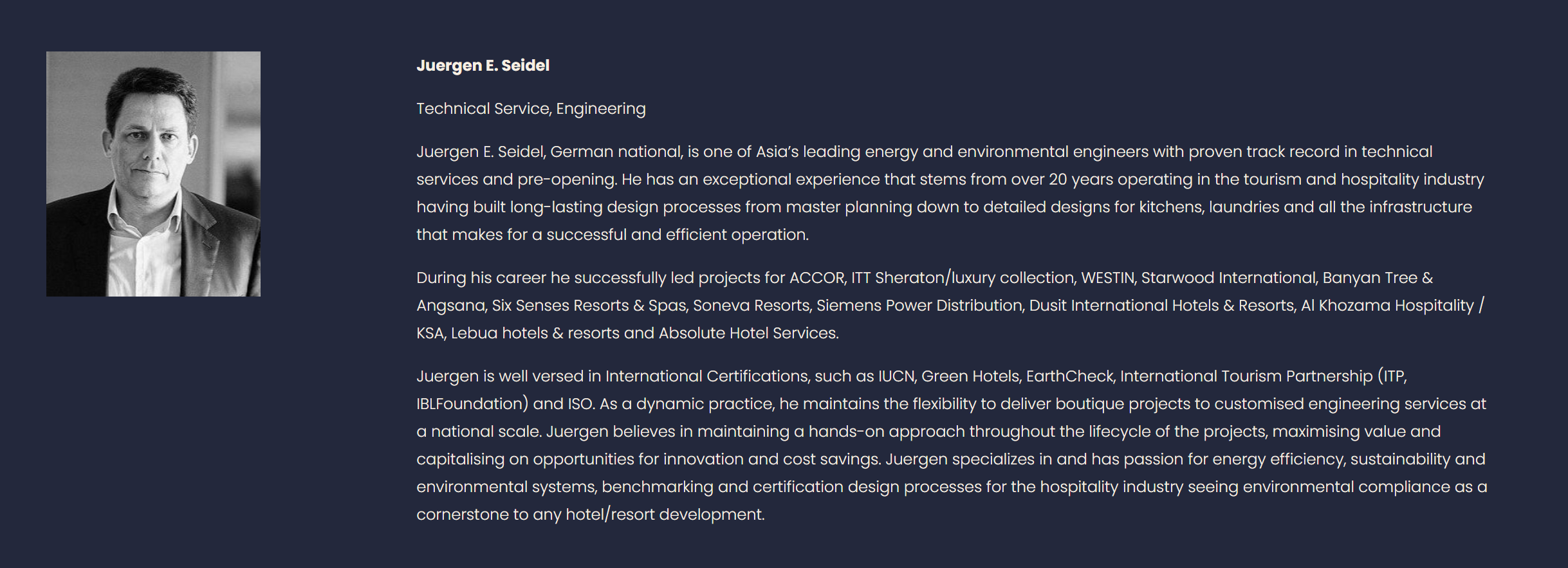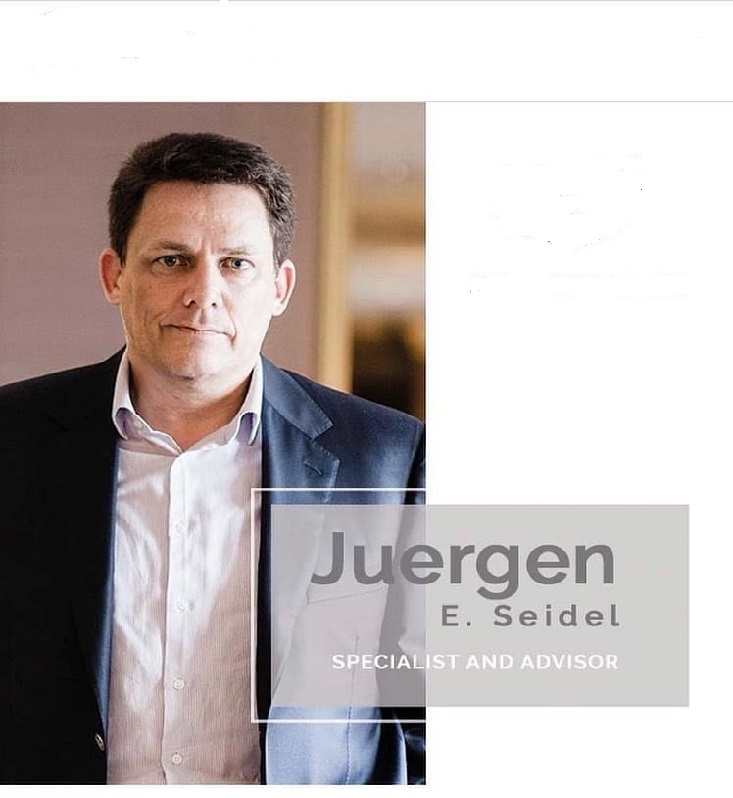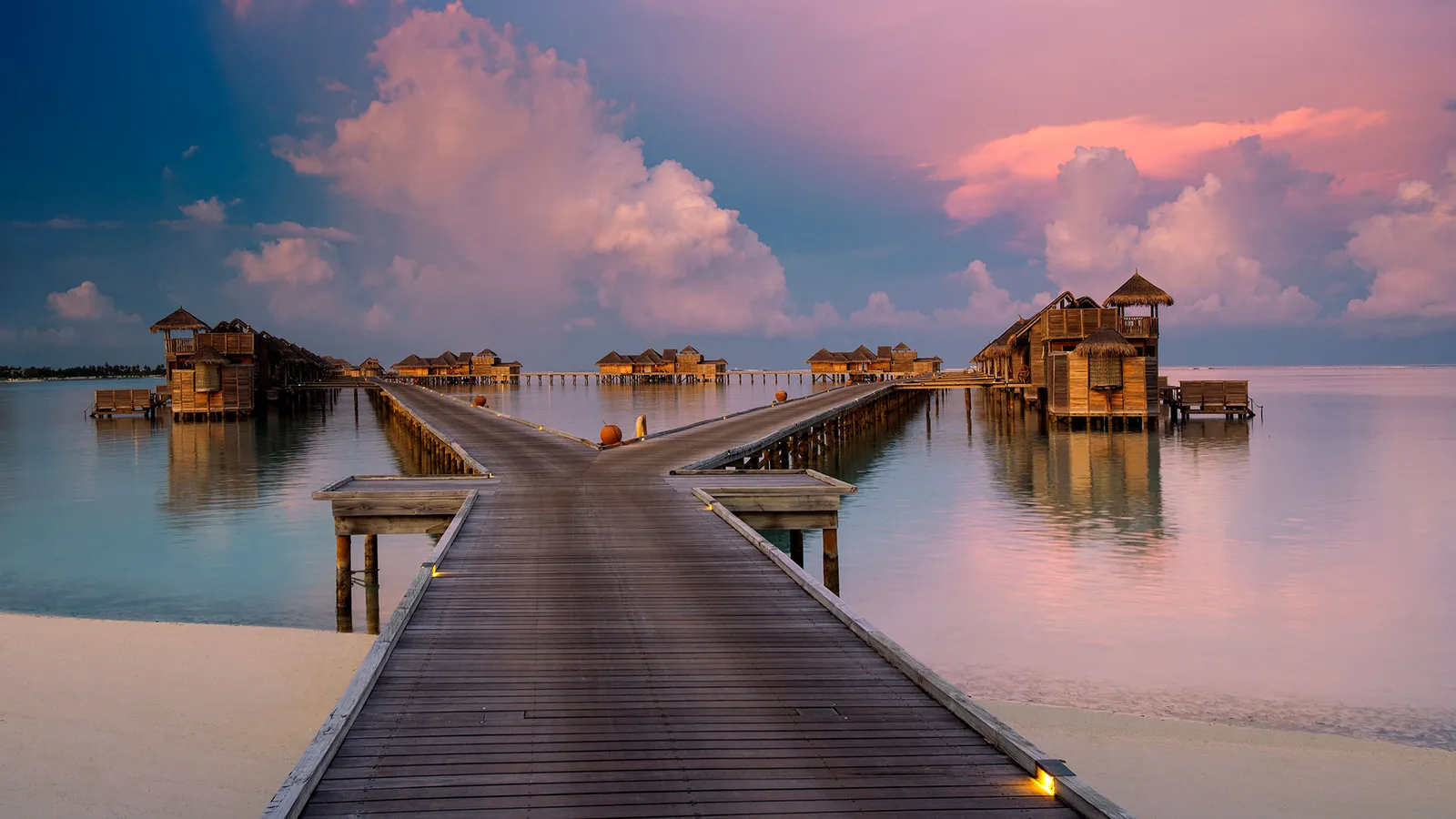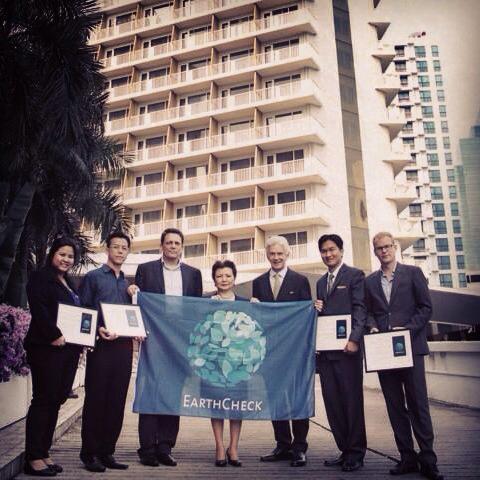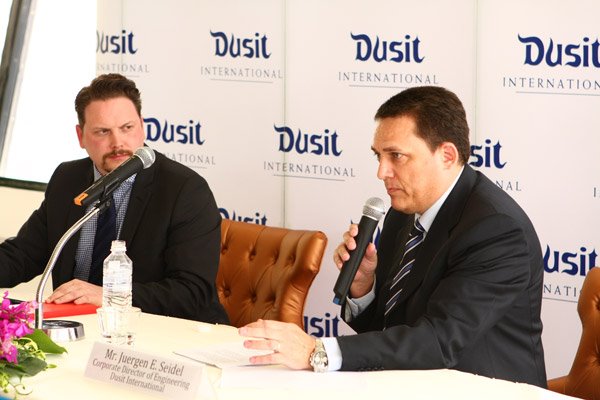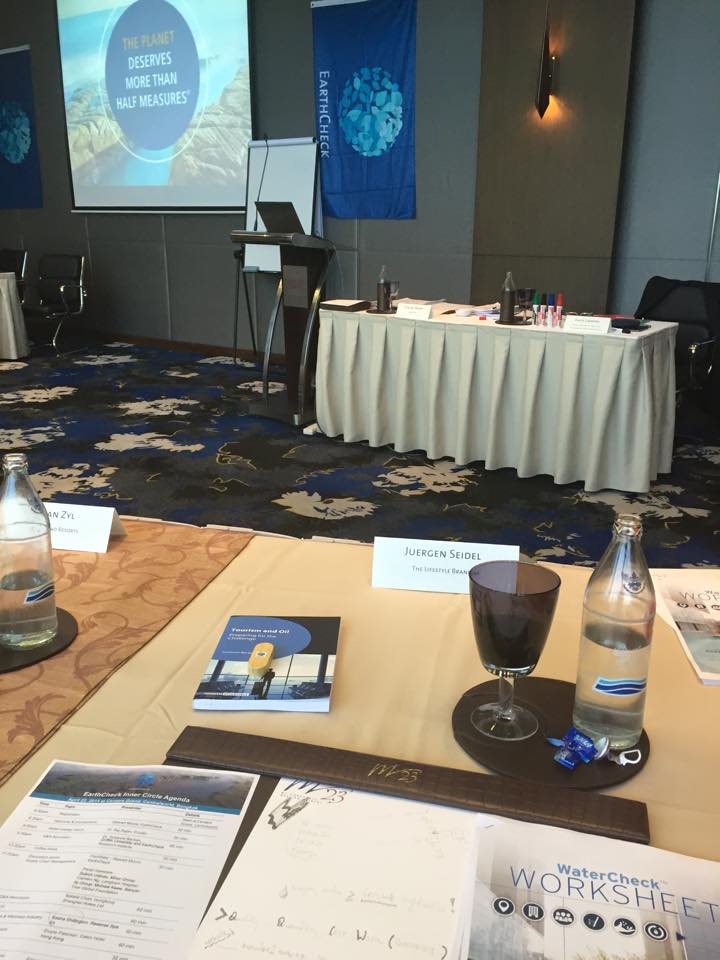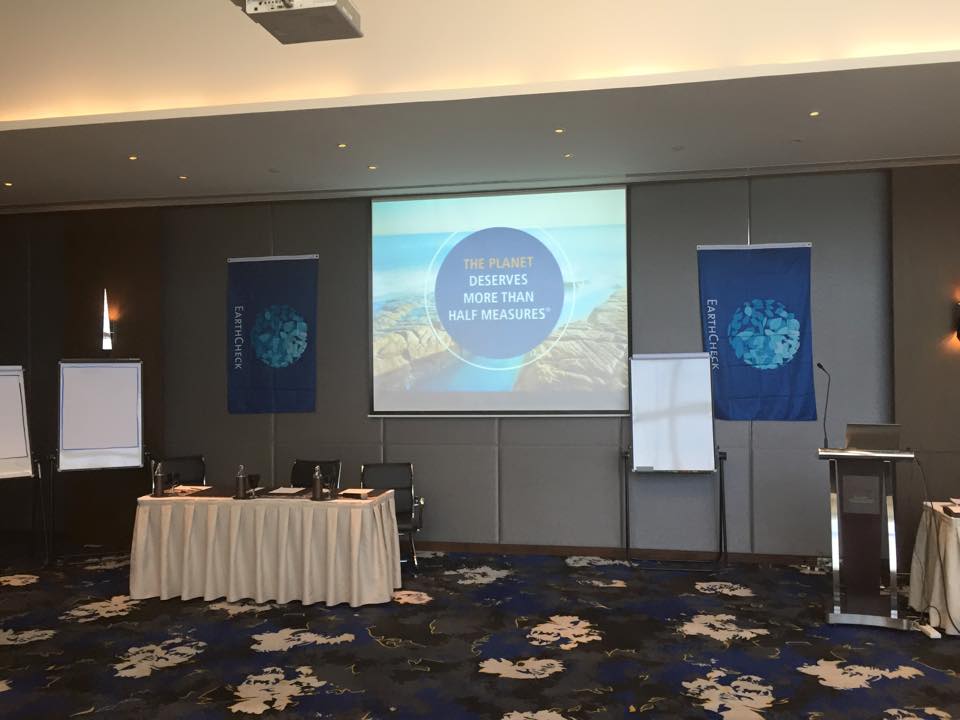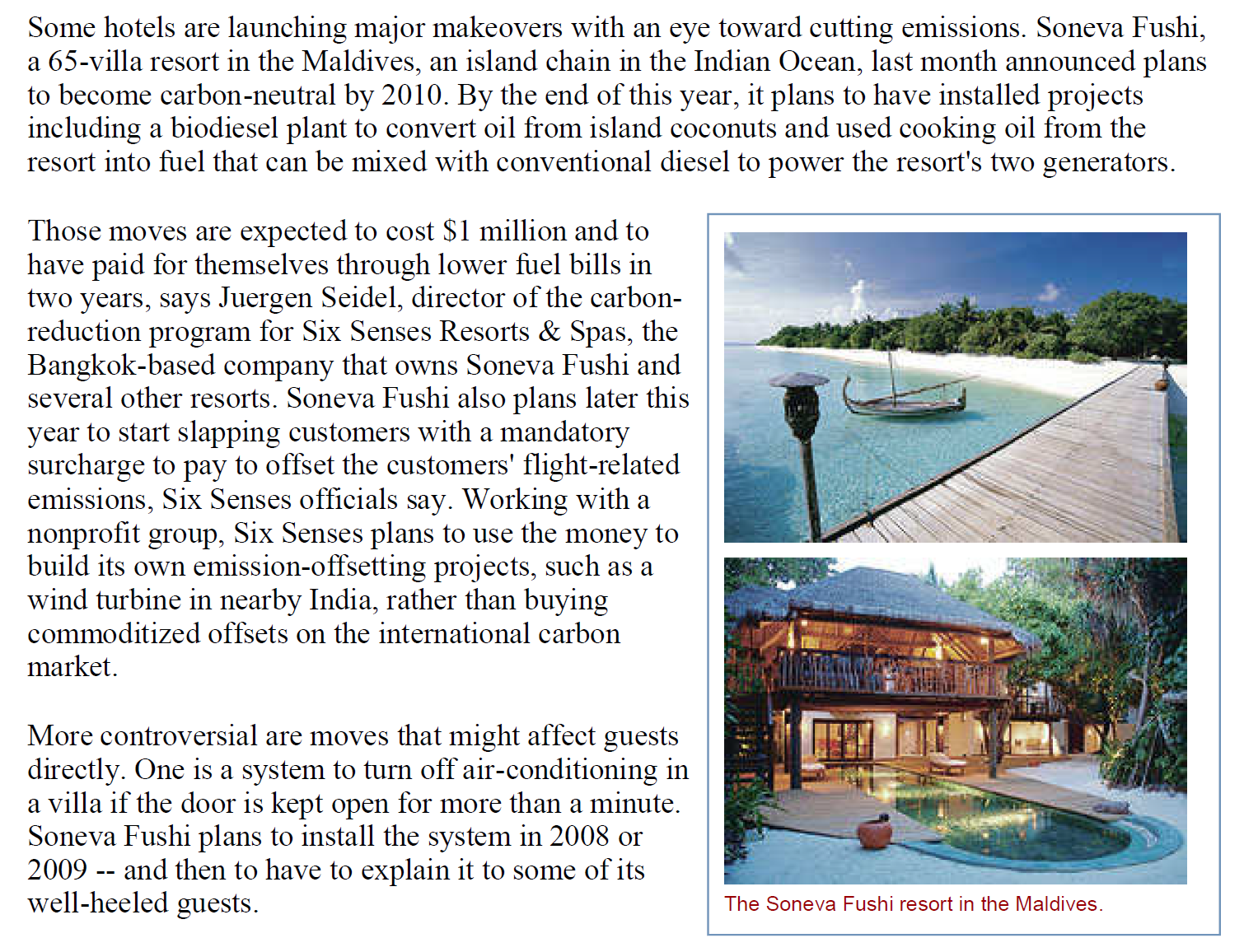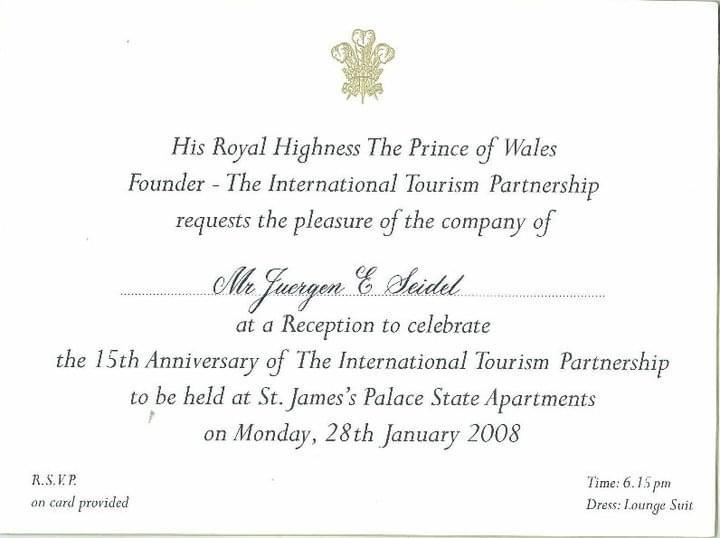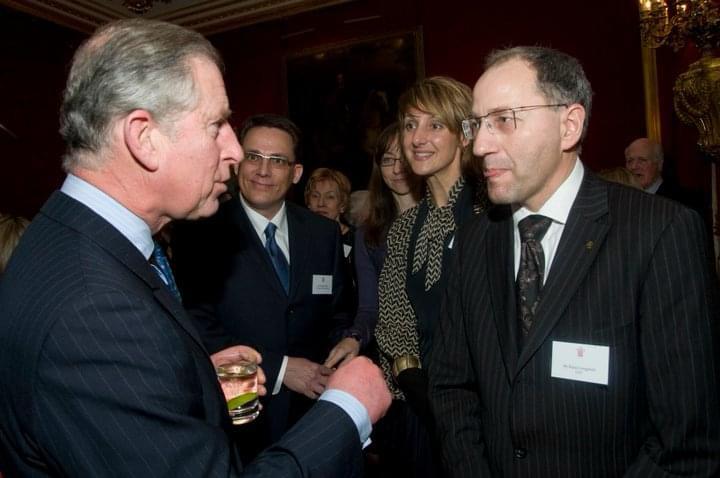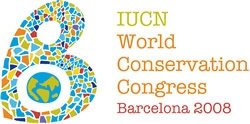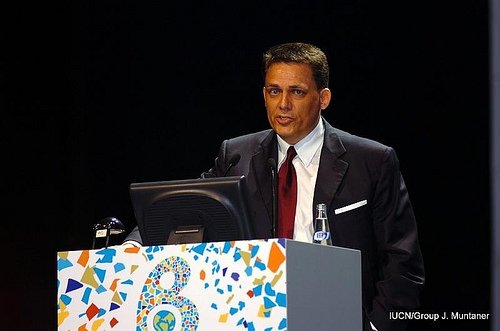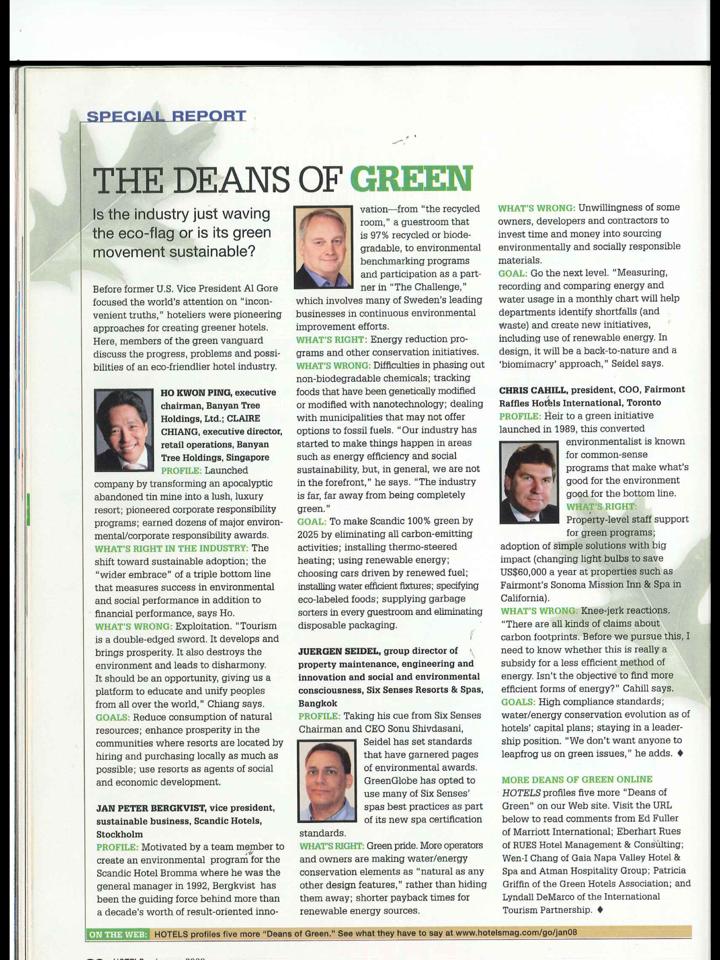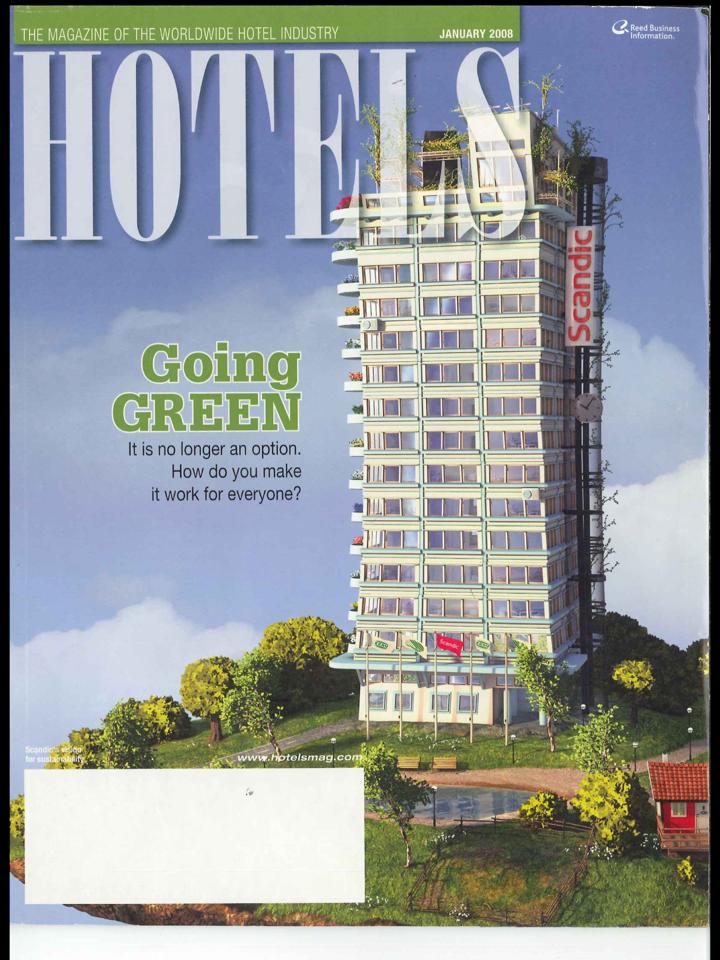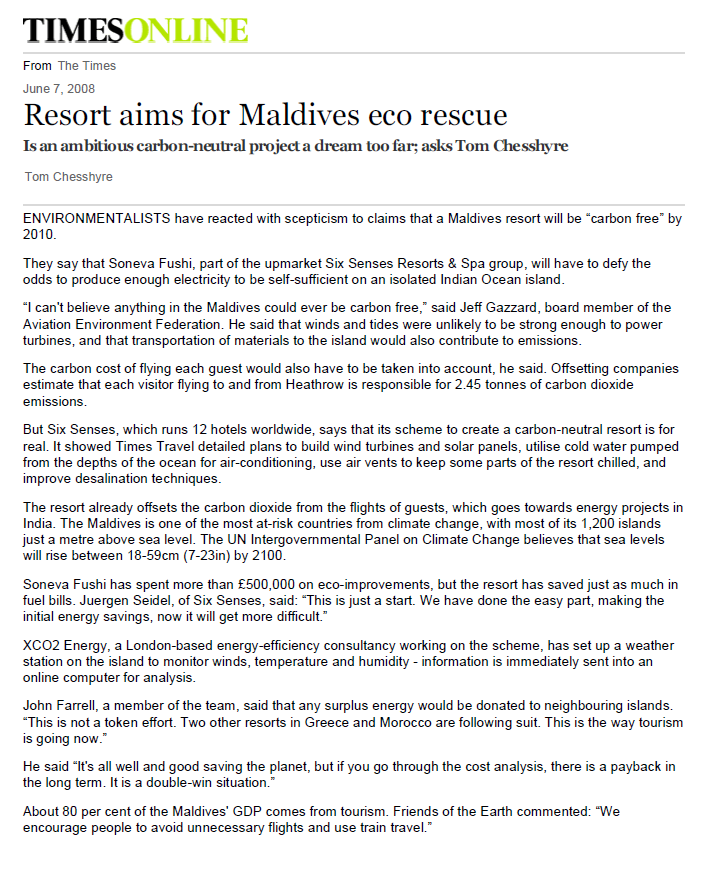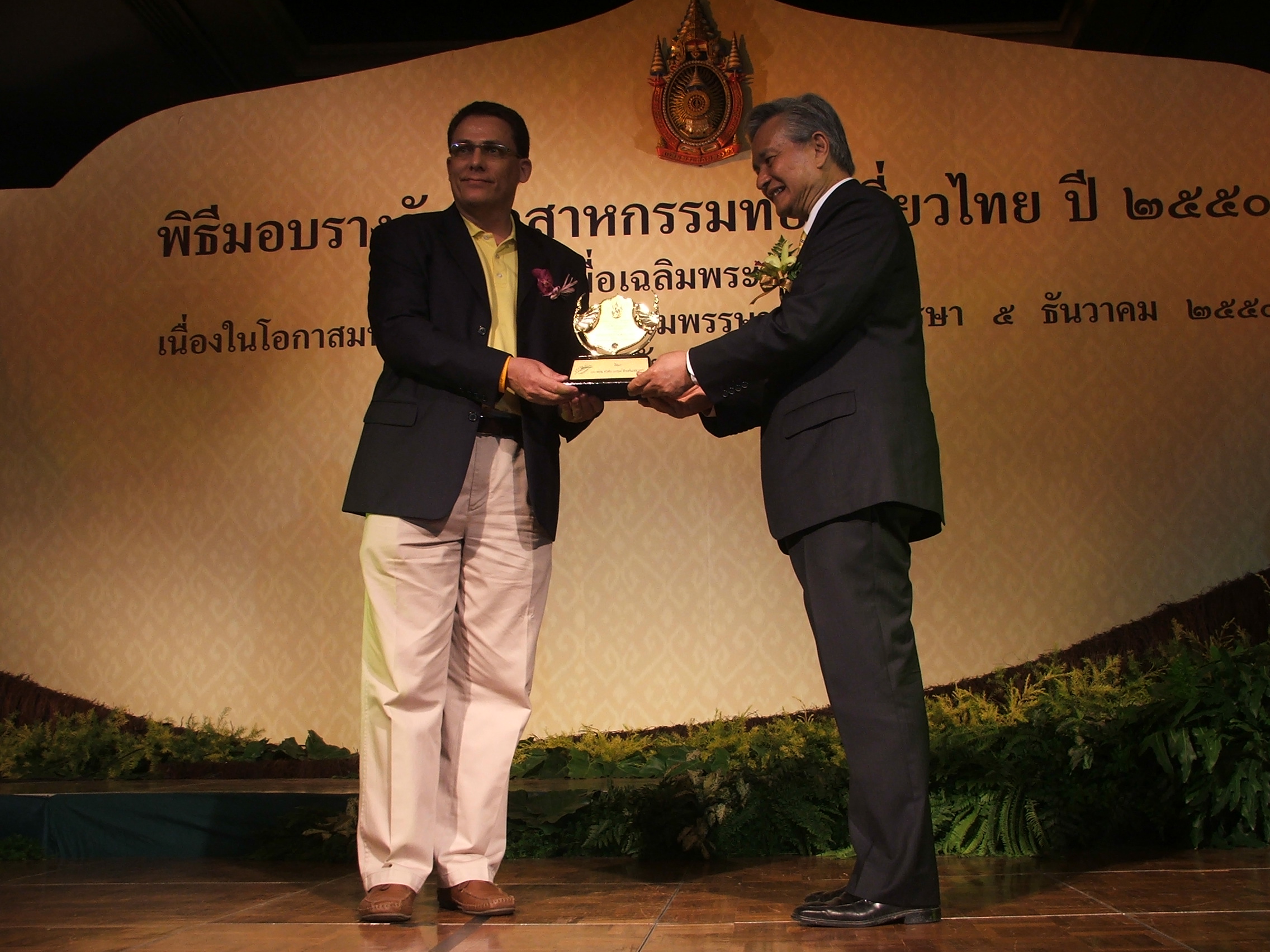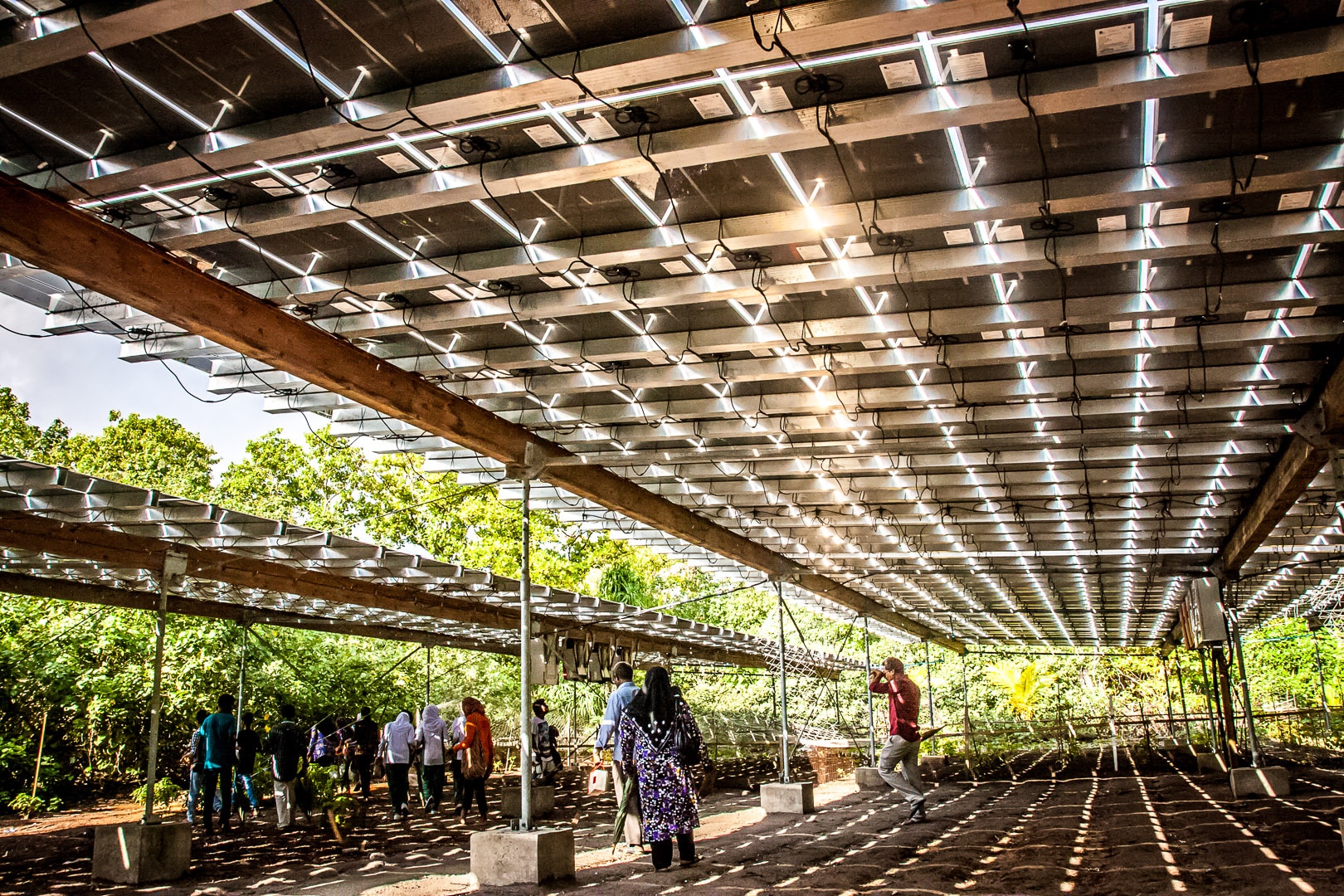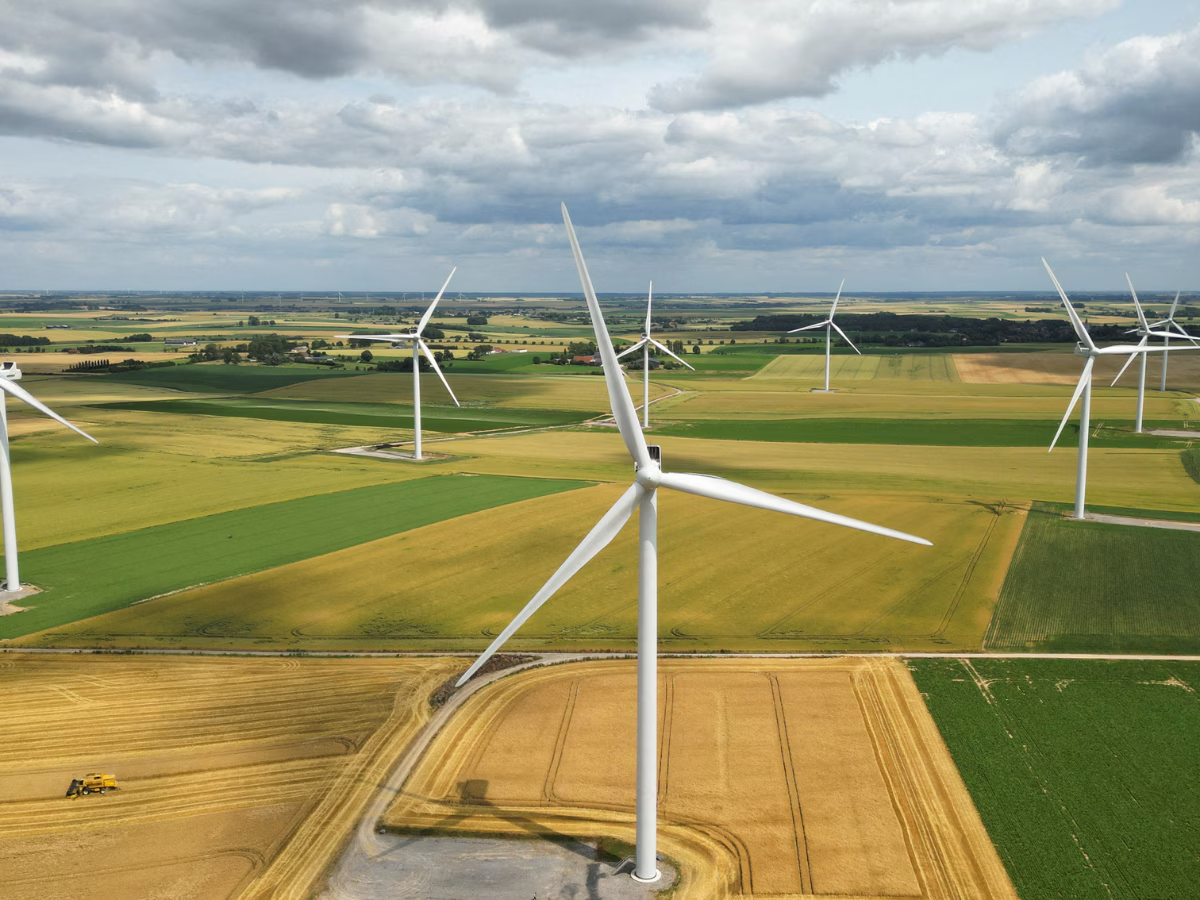Sustainability Scope
Scope
To create high-performance buildings that prioritize people’s well-being while preserving the planet. To provide tailored solutions that integrate sustainable practices into every stage of design and construction. From optimizing environmental performance to ensuring compliance with international certifications.
Projects to deliver measurable results and long-term value.
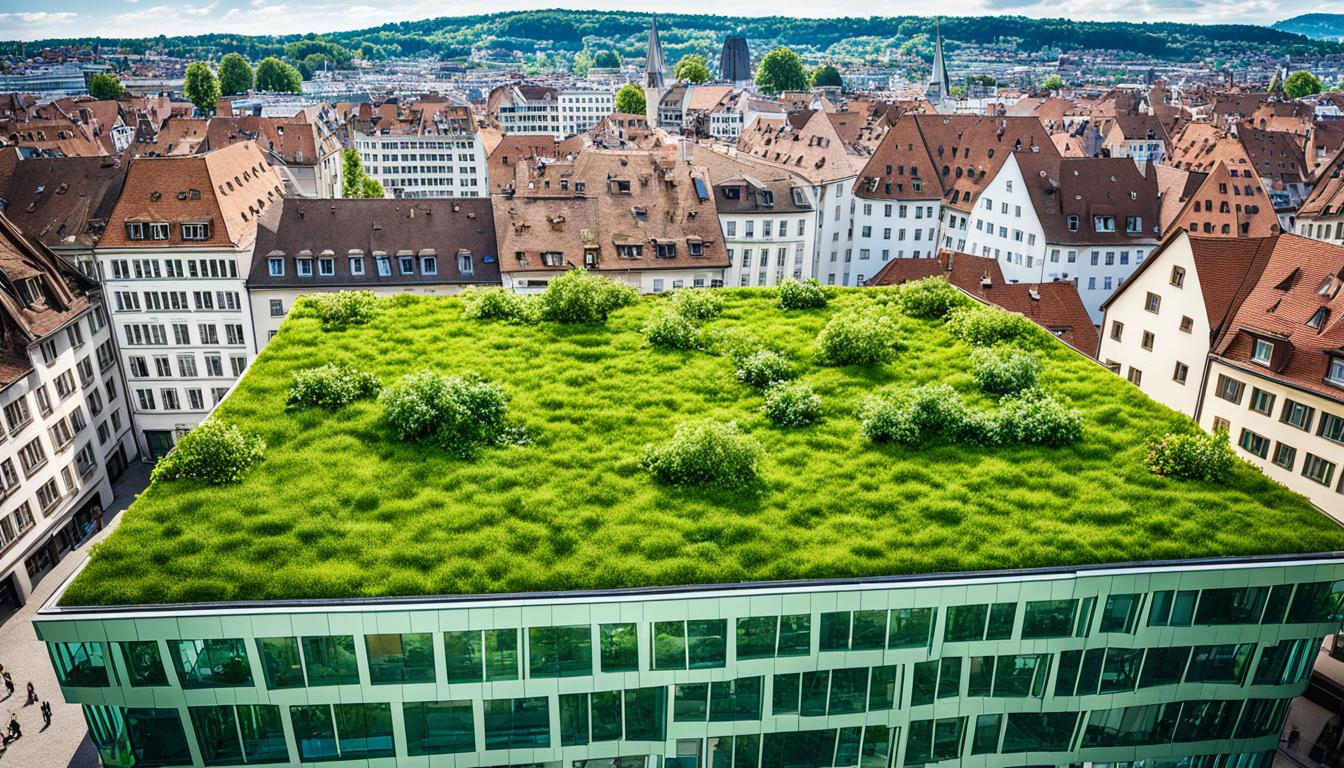
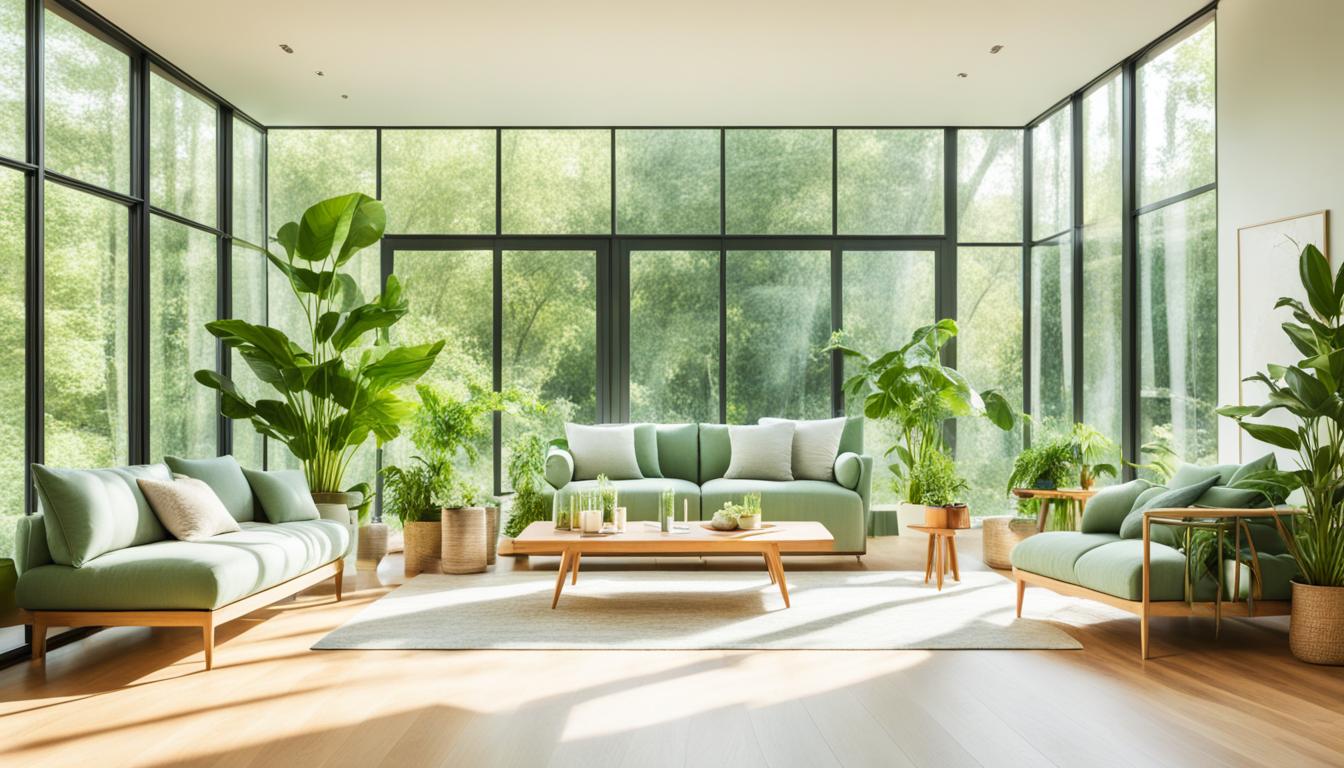
What benefits can sustainable design bring to your project?
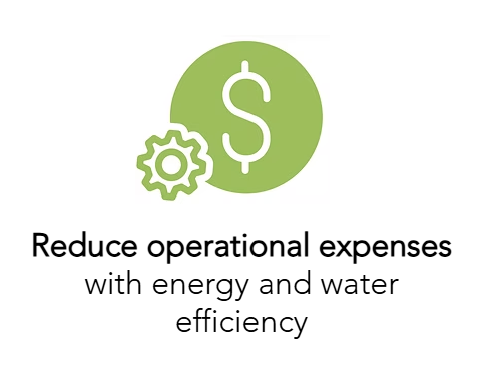
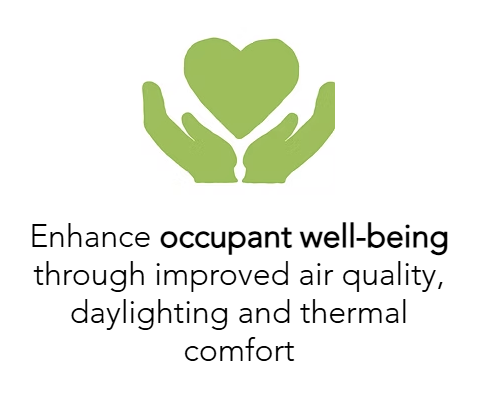
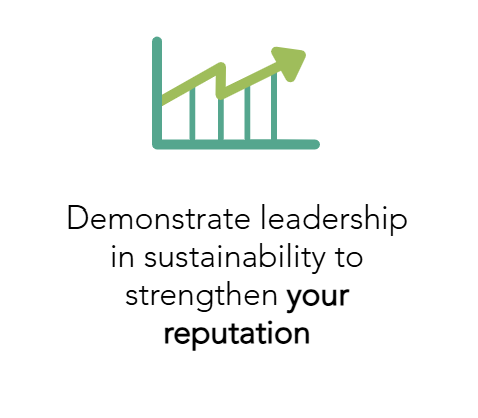
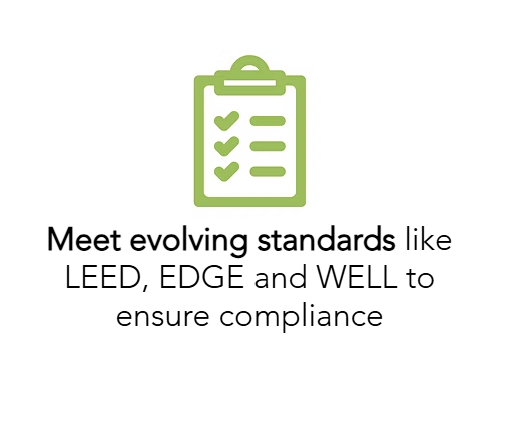
Sustainable design is a comprehensive approach aimed at reducing the environmental impact of buildings while enhancing the well-being of their occupants. It integrates strategies that optimize resource use, improve energy efficiency, and promote health-conscious indoor environments, all while considering the broader ecological footprint of the construction process.
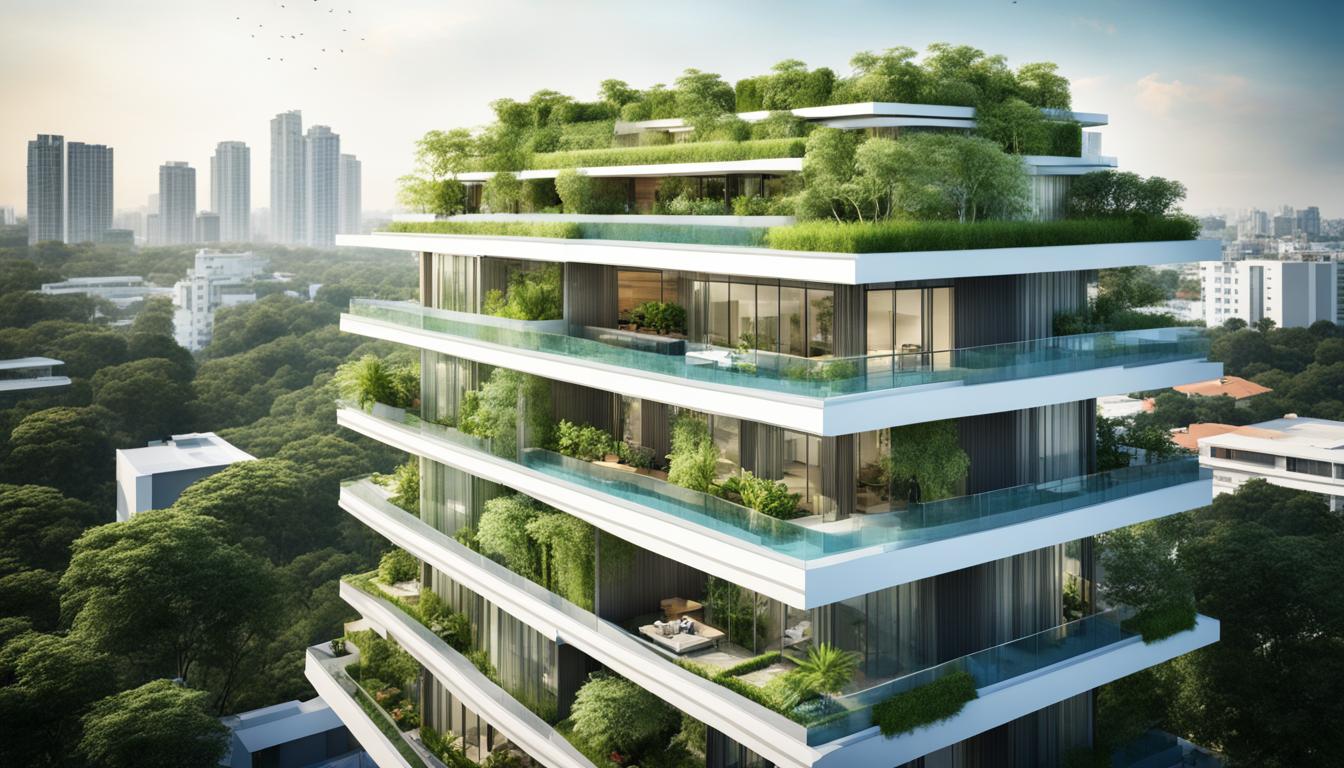
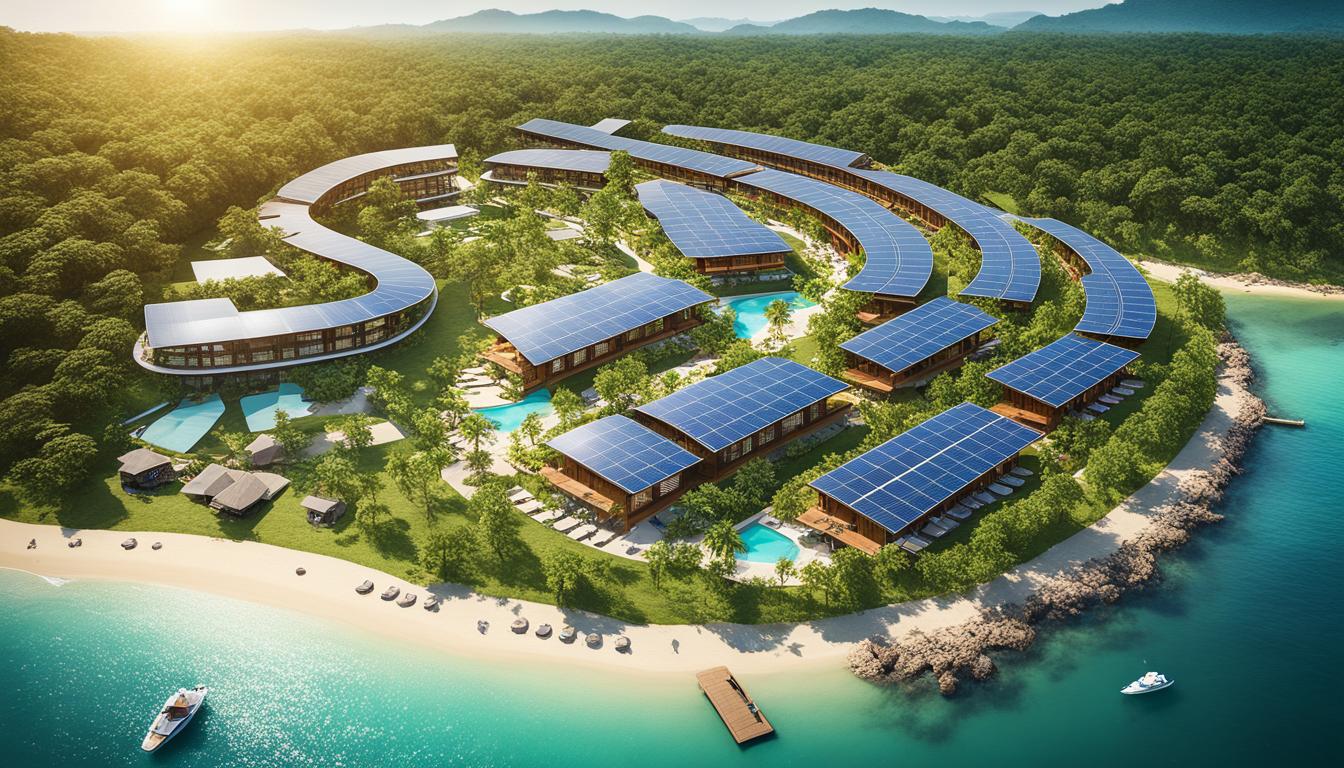
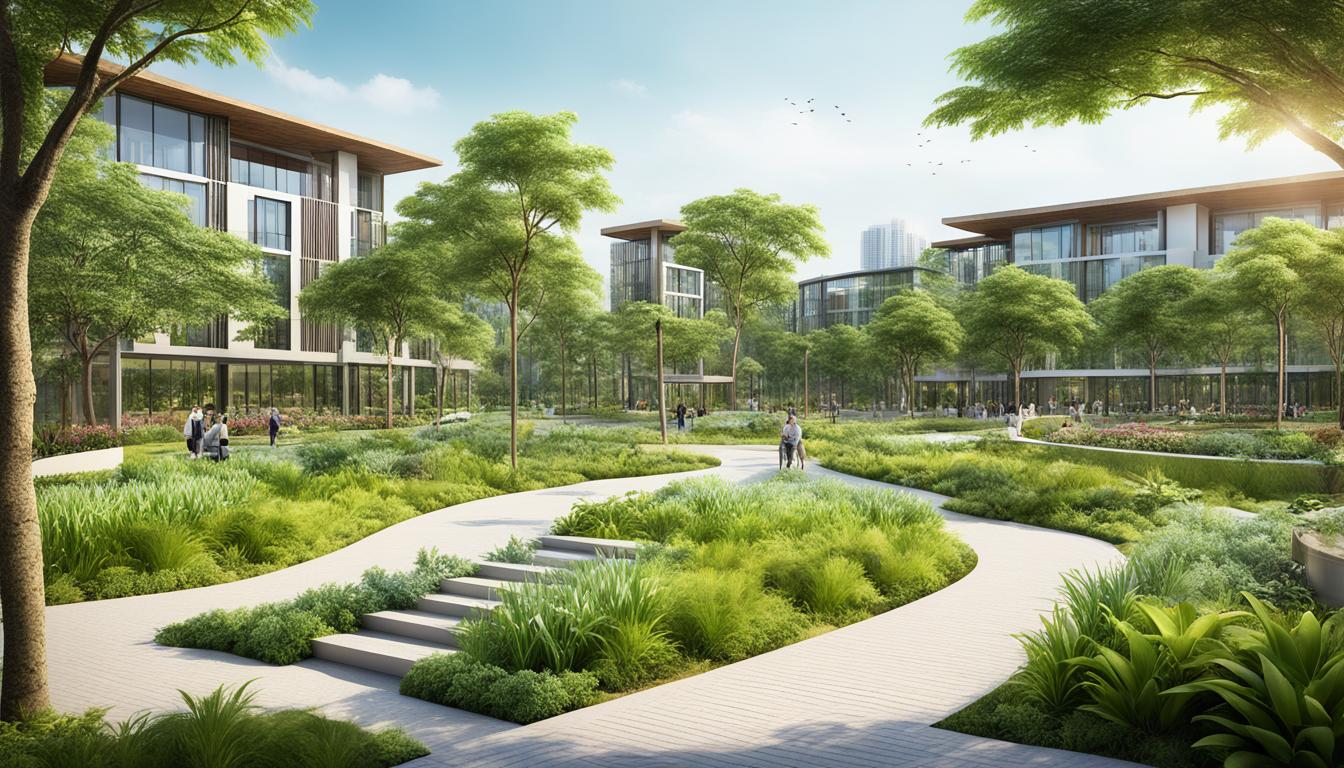
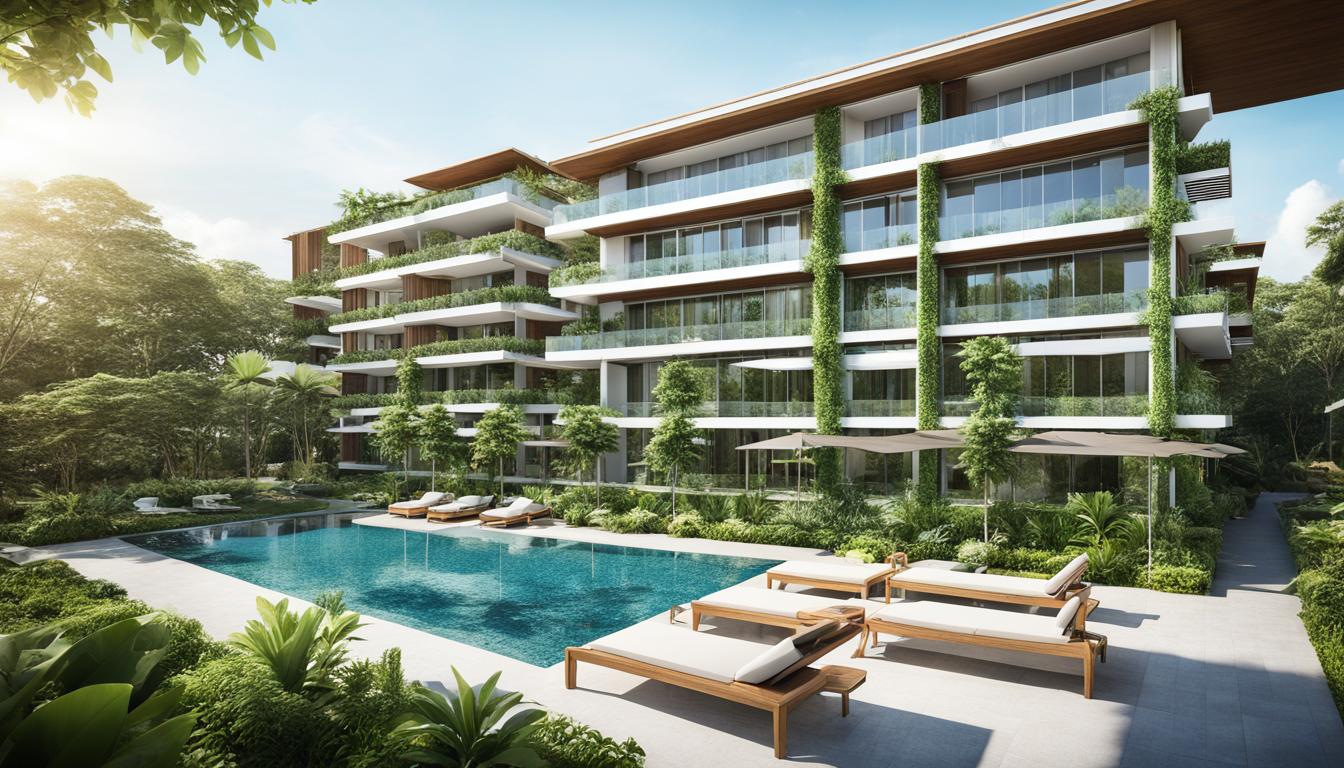
‘Sustainable Design’ Stages;
‘Sustainable design’ requires a strategic and data-driven approach to create resilient, high performance, environmentally responsible buildings that balance functionality, adaptability, and sustainability. To support your project through every stage of sustainable design, ensuring tailored solutions for long-term value.
01 Sustainability Goal Setting
Understanding your project vision and identifying clear sustainability goals. This includes identifying performance benchmarks for energy, water, and materials efficiency, aligned with green certifications such as EarthCheck, LEED or WELL.
02 Assessment and Feasibility Analysis
To conducts an in-depth analysis of your project’s requirements, evaluating site conditions, building design, and resource usage. To ensure the projects feasibility and identifying areas for improvement to achieve sustainability targets.
03 Collaboration and Workshops
To support eco-workshops with key stakeholders to ensure alignment and collaboration on sustainability strategies. The workshops create a shared vision and generate innovative solutions tailored to your project’s needs.
04 Design Integration
To integrate sustainability principles into the design process by optimizing energy systems, selecting sustainable materials, and incorporating features like passive cooling, renewable energy, and efficient water systems.
05 Certification Support and Final Reporting
Once the design is implemented, to support the project’s compliance with green certification requirements. The final reporting includes detailed documentation of sustainability achievements, ensuring transparency and readiness for certification audits.
ENERGY Efficiency
Focus on reducing energy consumption through smarter design, advanced technologies, and the integration of renewable energy systems.
MATERIAL OPTIMIZATION
Involves selecting materials that are durable, low-impact, and often recycled or renewable to minimize waste and environmental degradation.
WATER MANAGEMENT
Efficient water use, including conservation techniques and innovative solutions like rainwater harvesting or greywater recycling.
WASTE MANAGEMENT
Involves reducing material overages, reusing existing resources, and recycling demolition debris to avoid landfill disposal.
HEALTHY INDOOR ENVIRONMENTS
Includes improving indoor air quality, optimizing natural light, and using non-toxic materials.
Take CO2ntrol
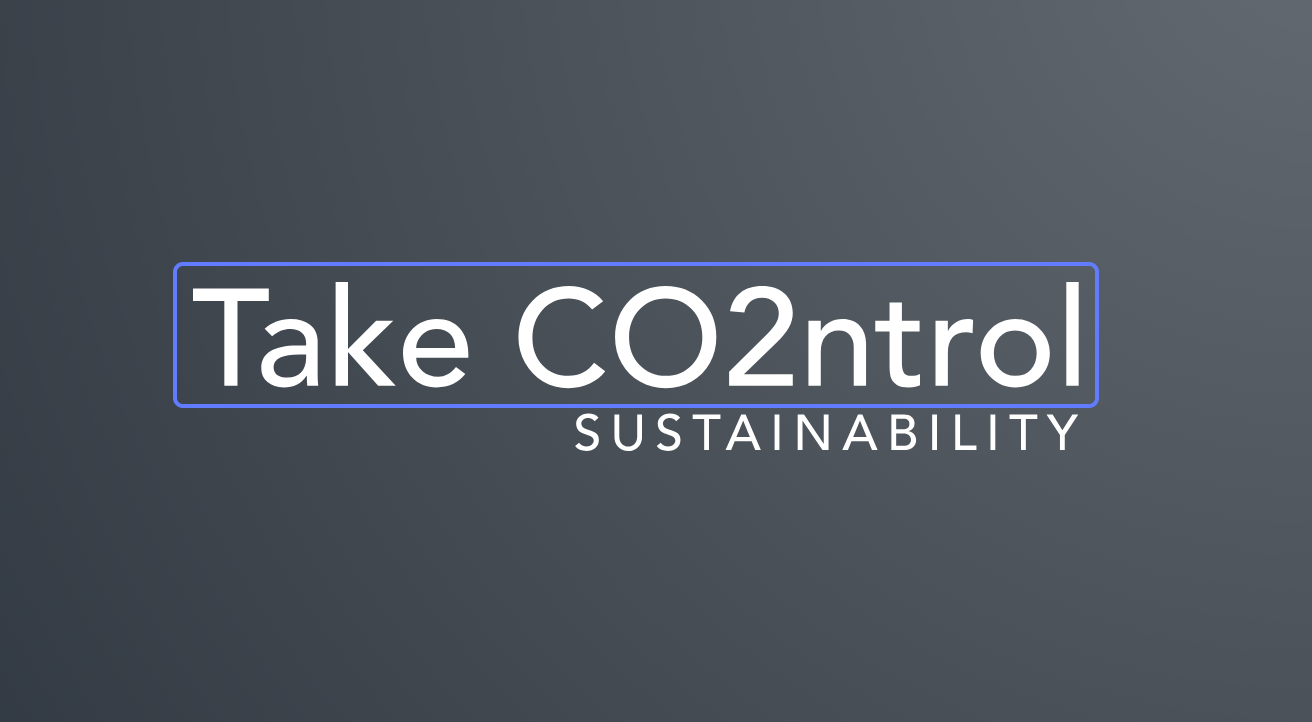
To reduce the ‘footprint’, therefore to minimize the impact, able to create a positive effect on the environment. To actively contributing to the conservation of wildlife and the regeneration of the natural habitats.
Embracing the local culture and heritage, celebrating traditional food and art, and supporting the development of the local community.
“Hospitality isn’t a job. It’s a mindset. A lifestyle. A promise to deliver daily – without shortcuts.”
The evergrowing awareness and more responsible travellers that are recognizing that the luxury of that experience comes hand in hand with the responsibility to preserve it.
- Engineering, Health & Wellness, Hotel & Resorts, Sustainable
- Commercial, Culinary, Health & Wellness, Hotel & Resorts, Sustainable
- Commercial, Culinary, Health & Wellness, Hotel & Resorts, Marina, Sustainable
- Commercial, Culinary, Health & Wellness, Hotel & Resorts, Residential, Sustainable
- Commercial, Culinary, Engineering, Health & Wellness, Hotel & Resorts, Marina, Residential, Sustainable
- Commercial, Culinary, Engineering, Health & Wellness, Hotel & Resorts, Sustainable
- Commercial, Culinary, Health & Wellness, Hotel & Resorts, Sustainable
Six Senses Sanctuary Naka, Phuket (new opening)…. Now The NAKA Island, a luxury collection/MARRIOTT’
Commercial, Culinary, Health & Wellness, Hotel & Resorts, Marina, Sustainable- Commercial, Culinary, Engineering, Health & Wellness, Hotel & Resorts, Sustainable
- Commercial, Health & Wellness, Hotel & Resorts, Residential, Sustainable
- Commercial, Culinary, Engineering, Health & Wellness, Hotel & Resorts, Sustainable
- Commercial, Culinary, Health & Wellness, Hotel & Resorts, Sustainable
- Commercial, Culinary, Health & Wellness, Hotel & Resorts, Sustainable
- Commercial, Culinary, Health & Wellness, Hotel & Resorts, Sustainable
- Commercial, Culinary, Engineering, Hotel & Resorts, Marina, Residential, Sustainable















